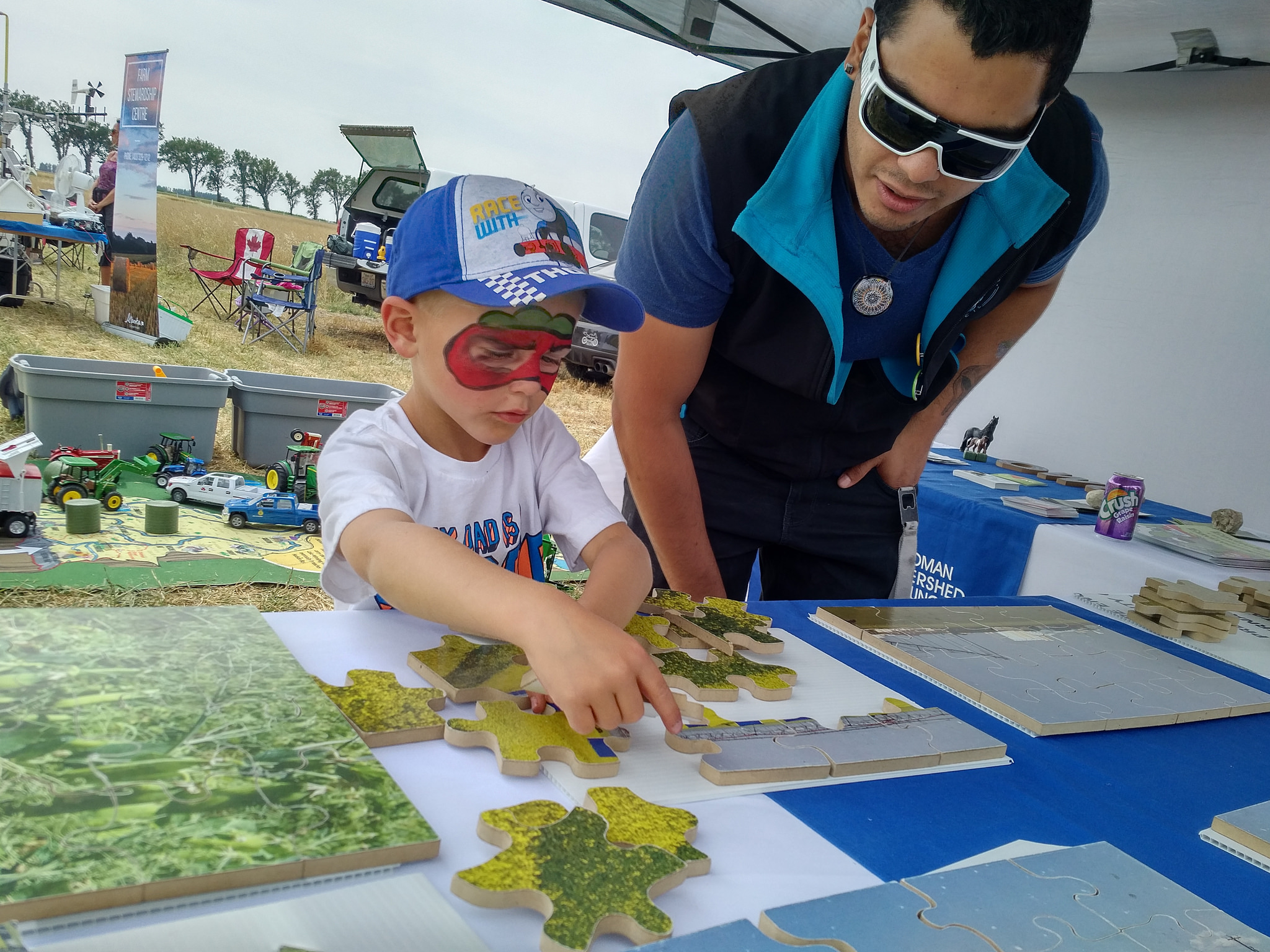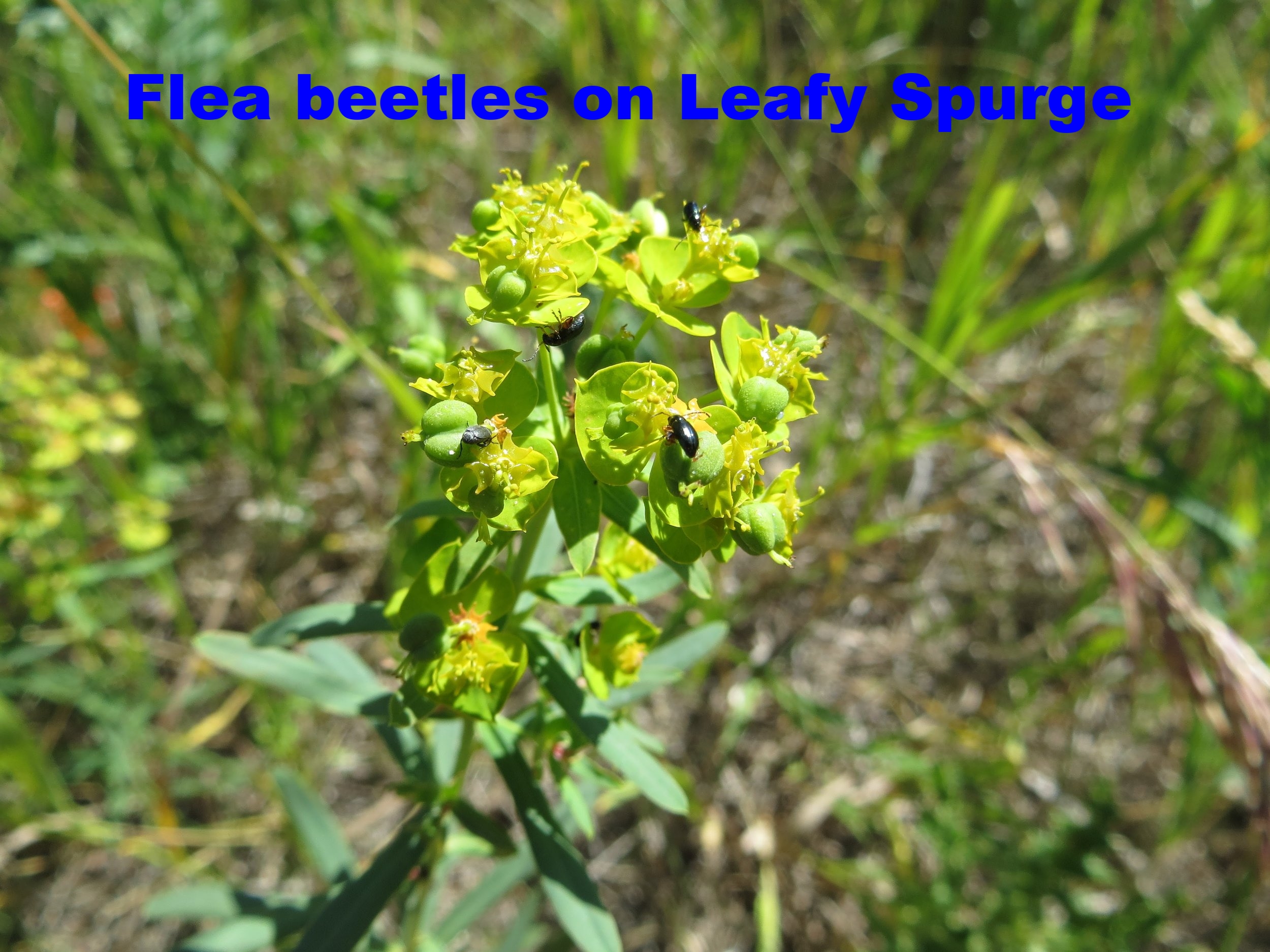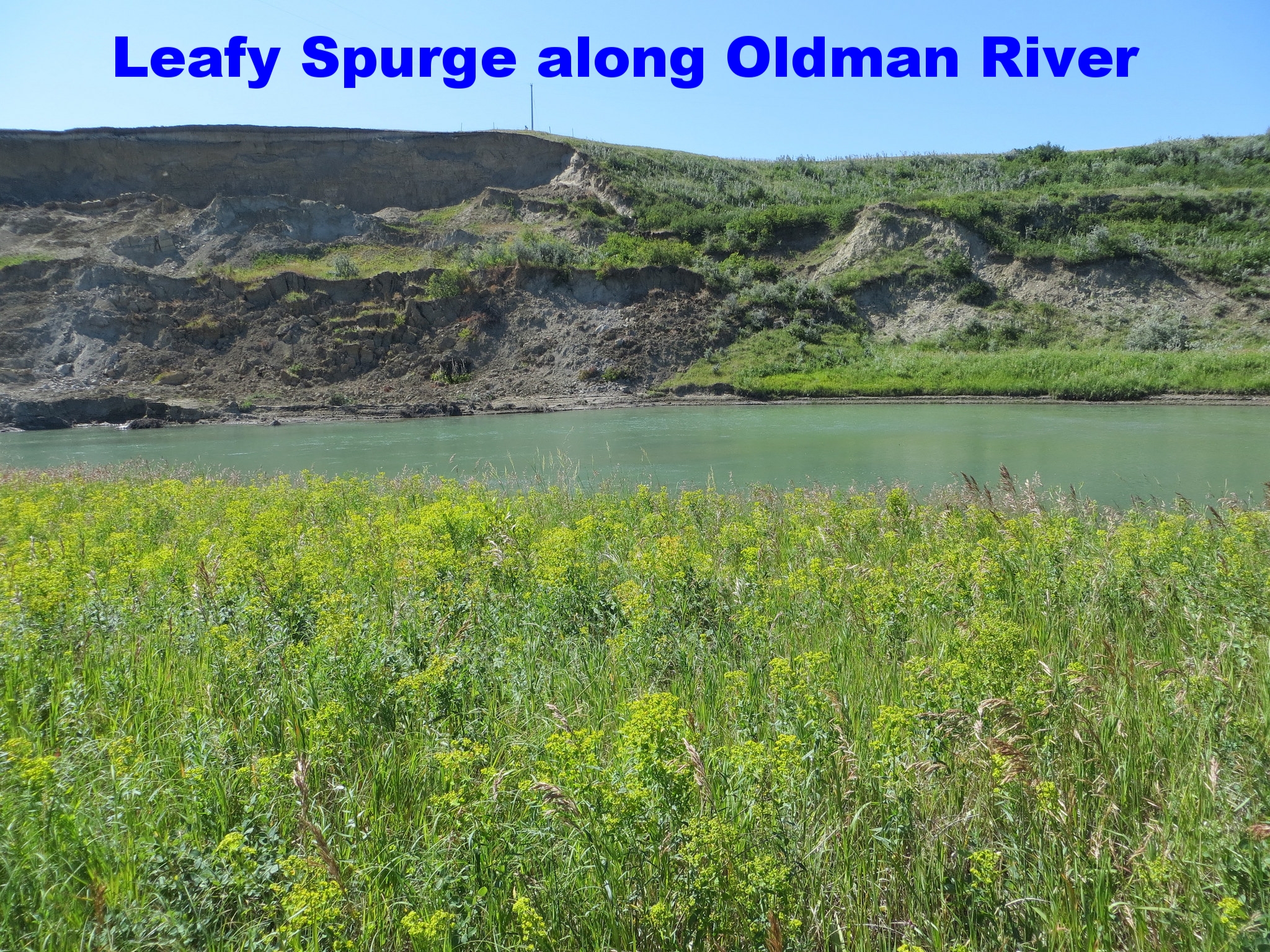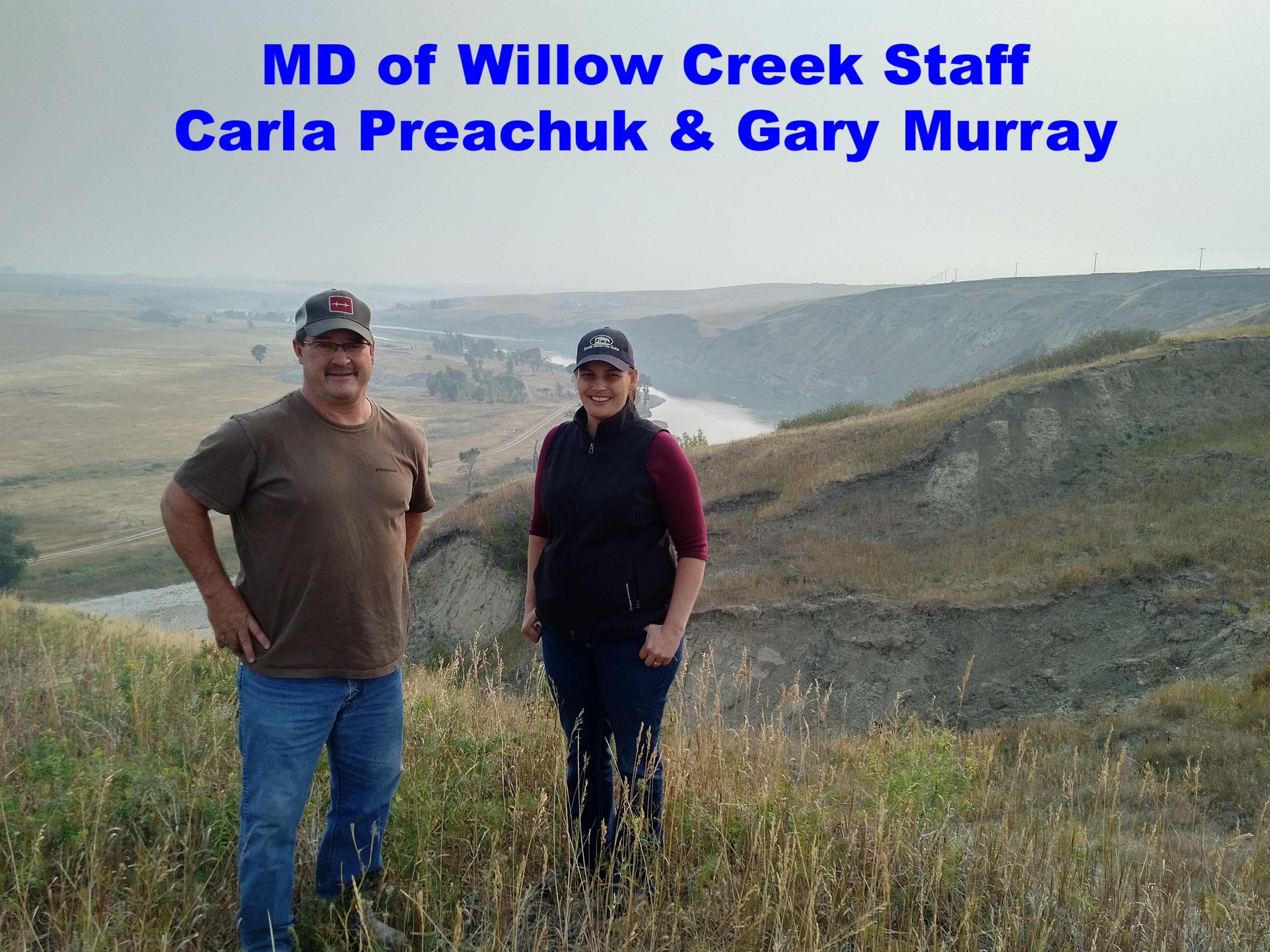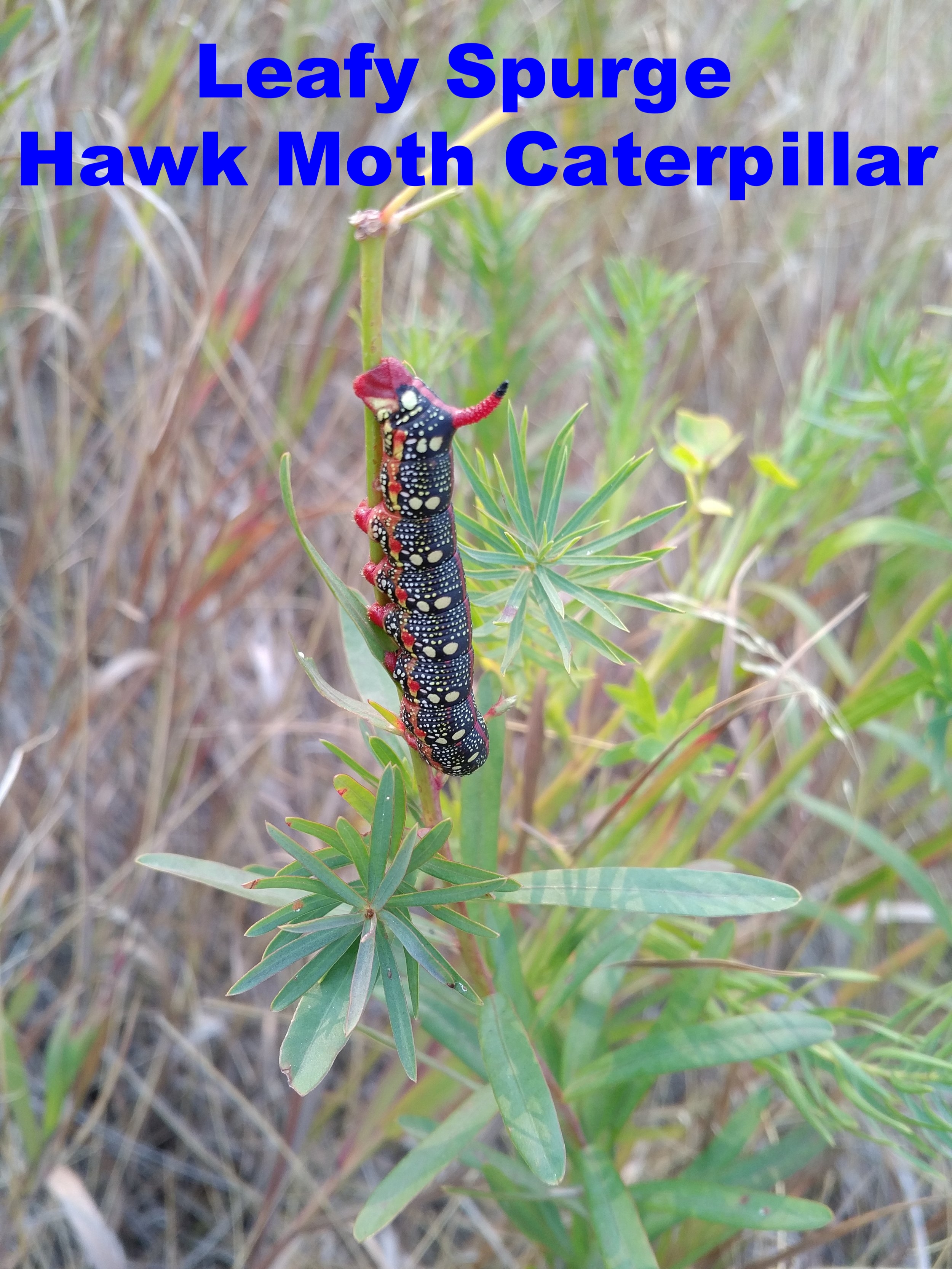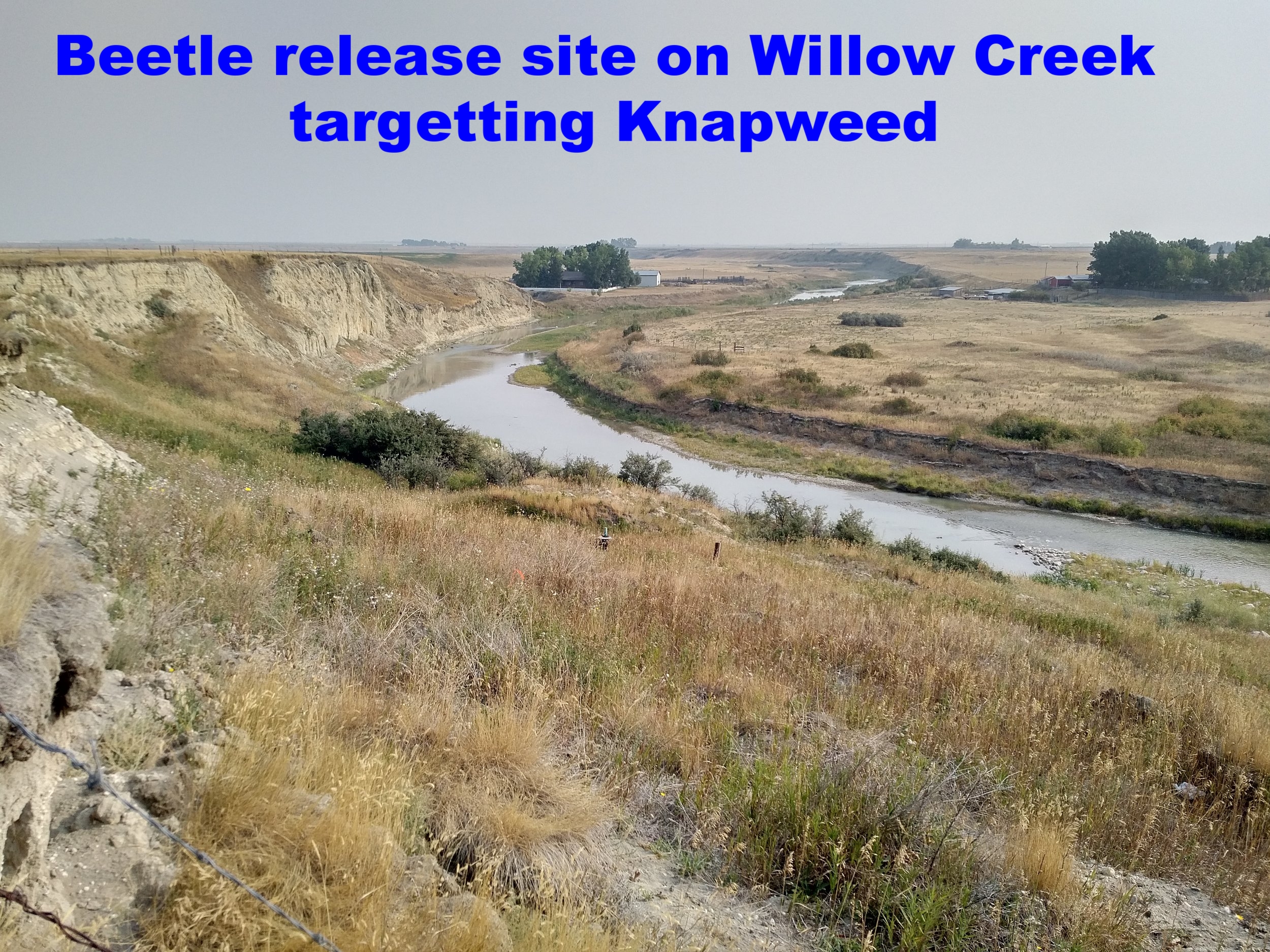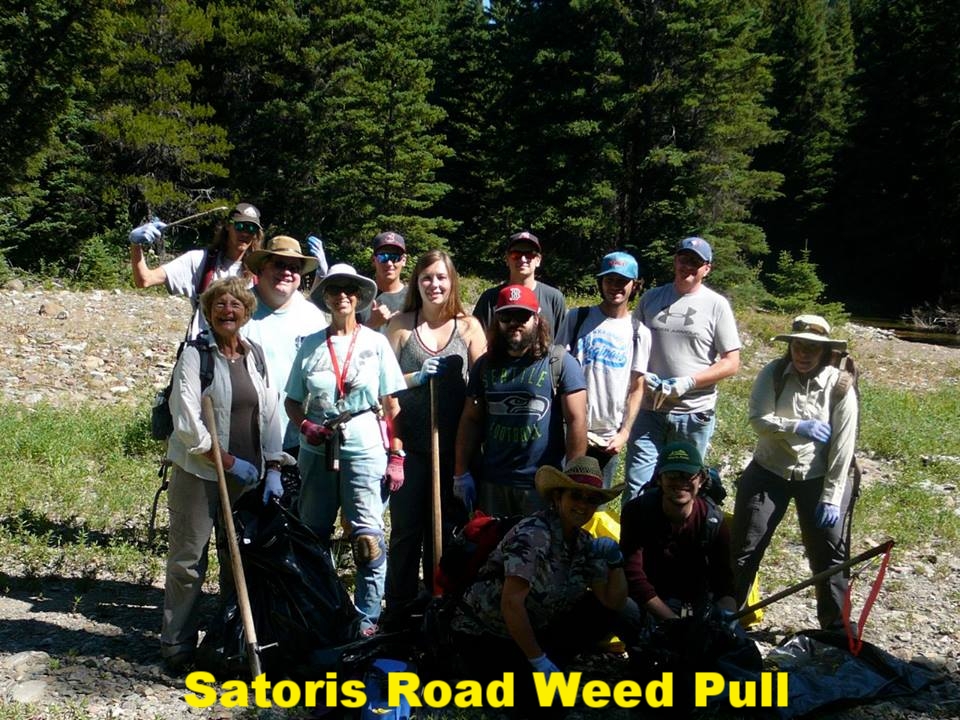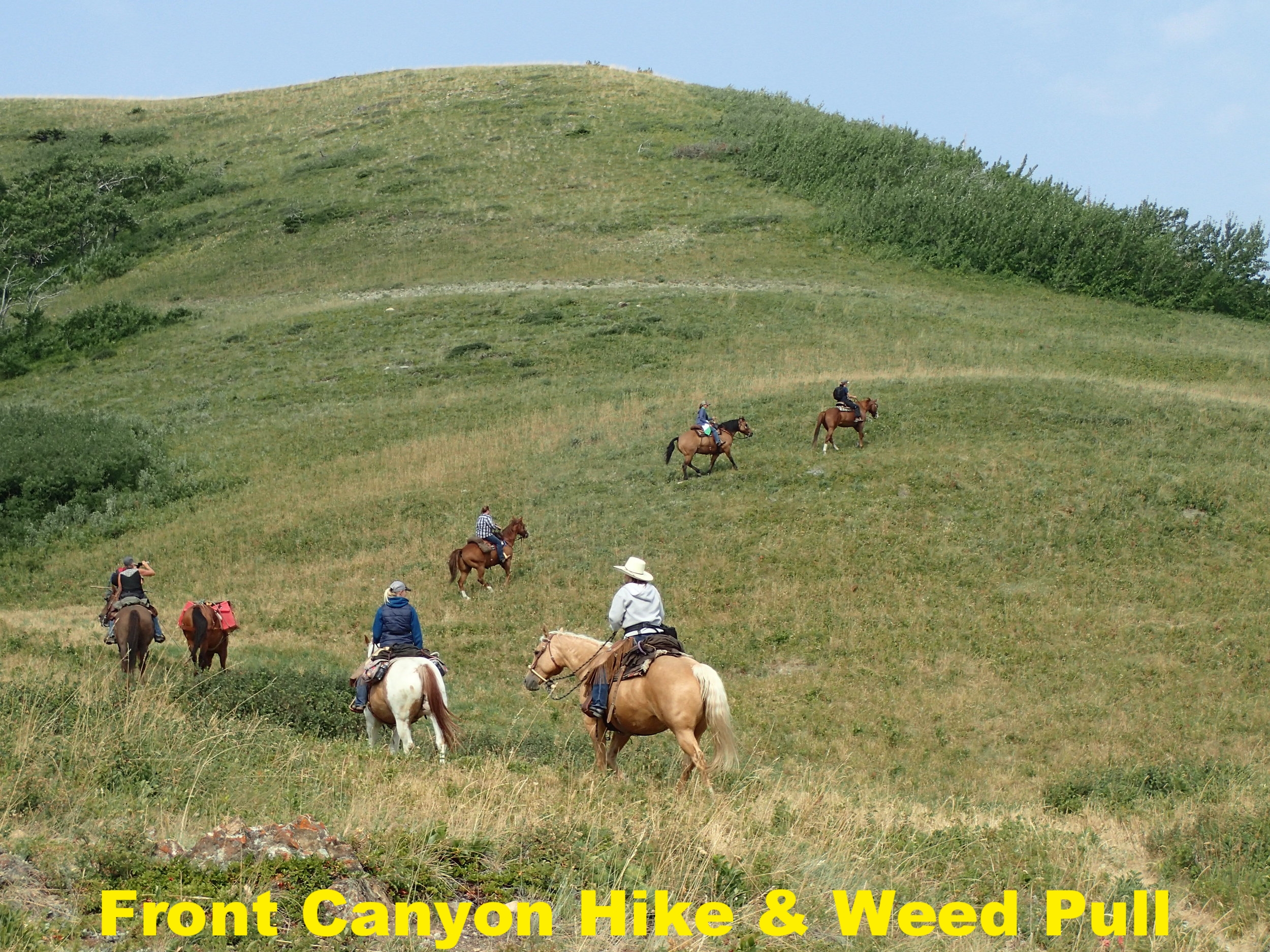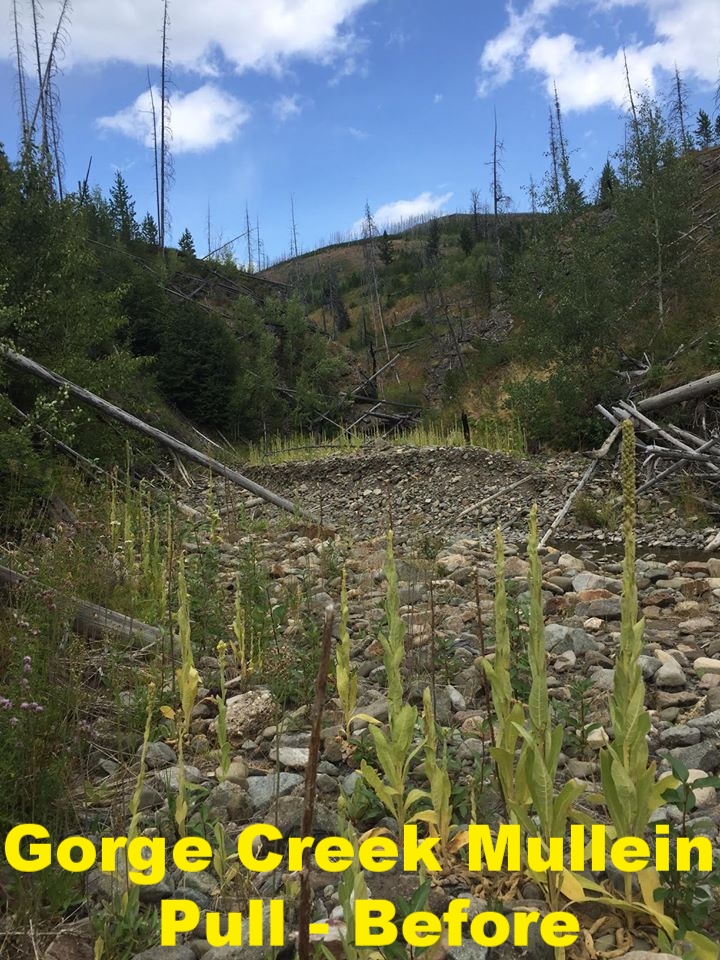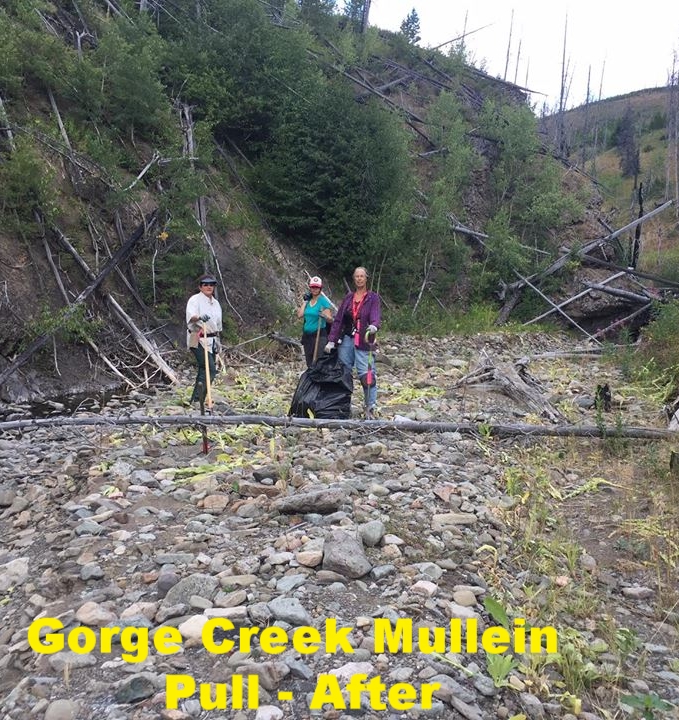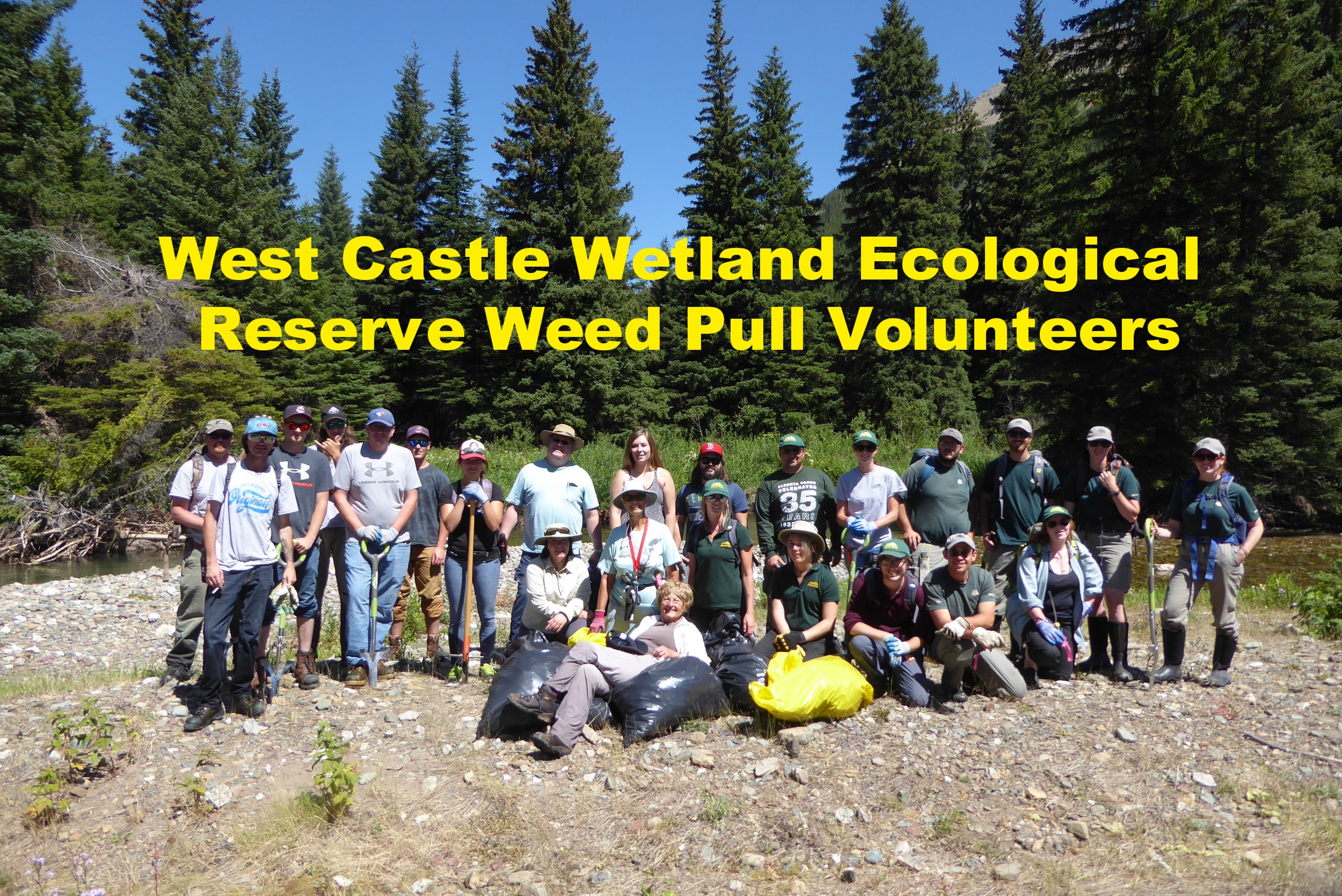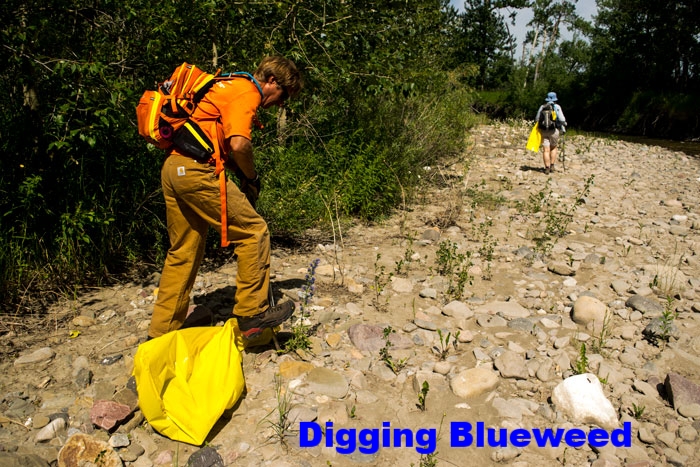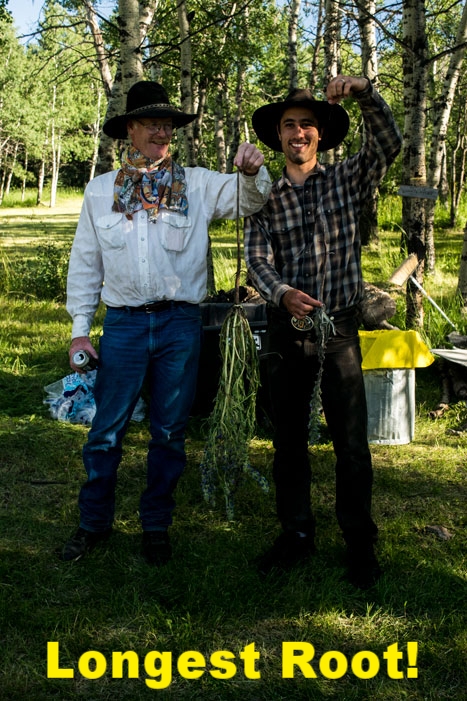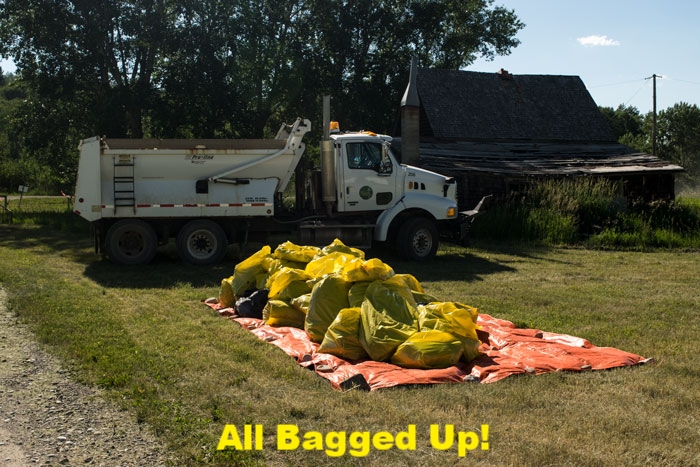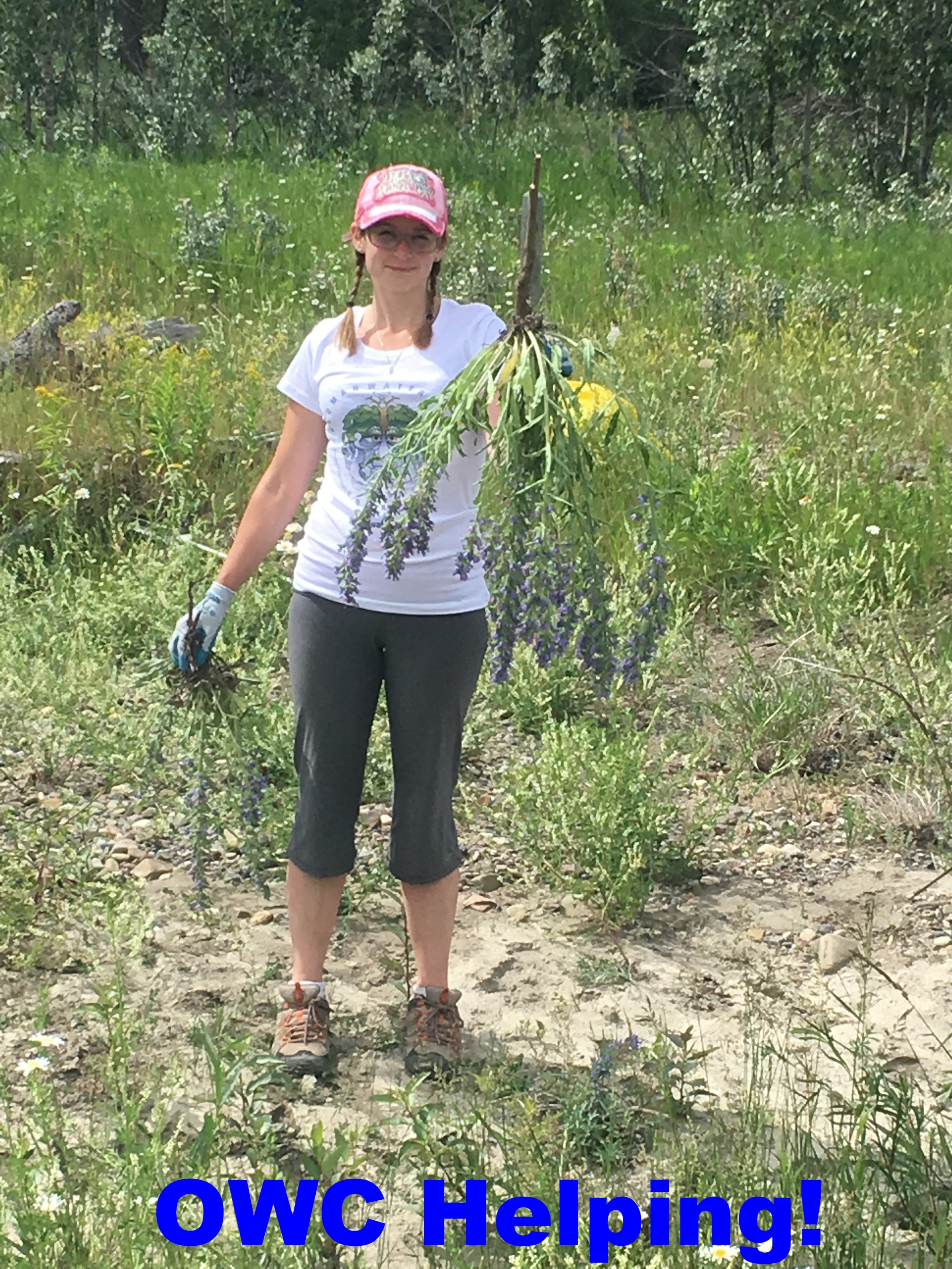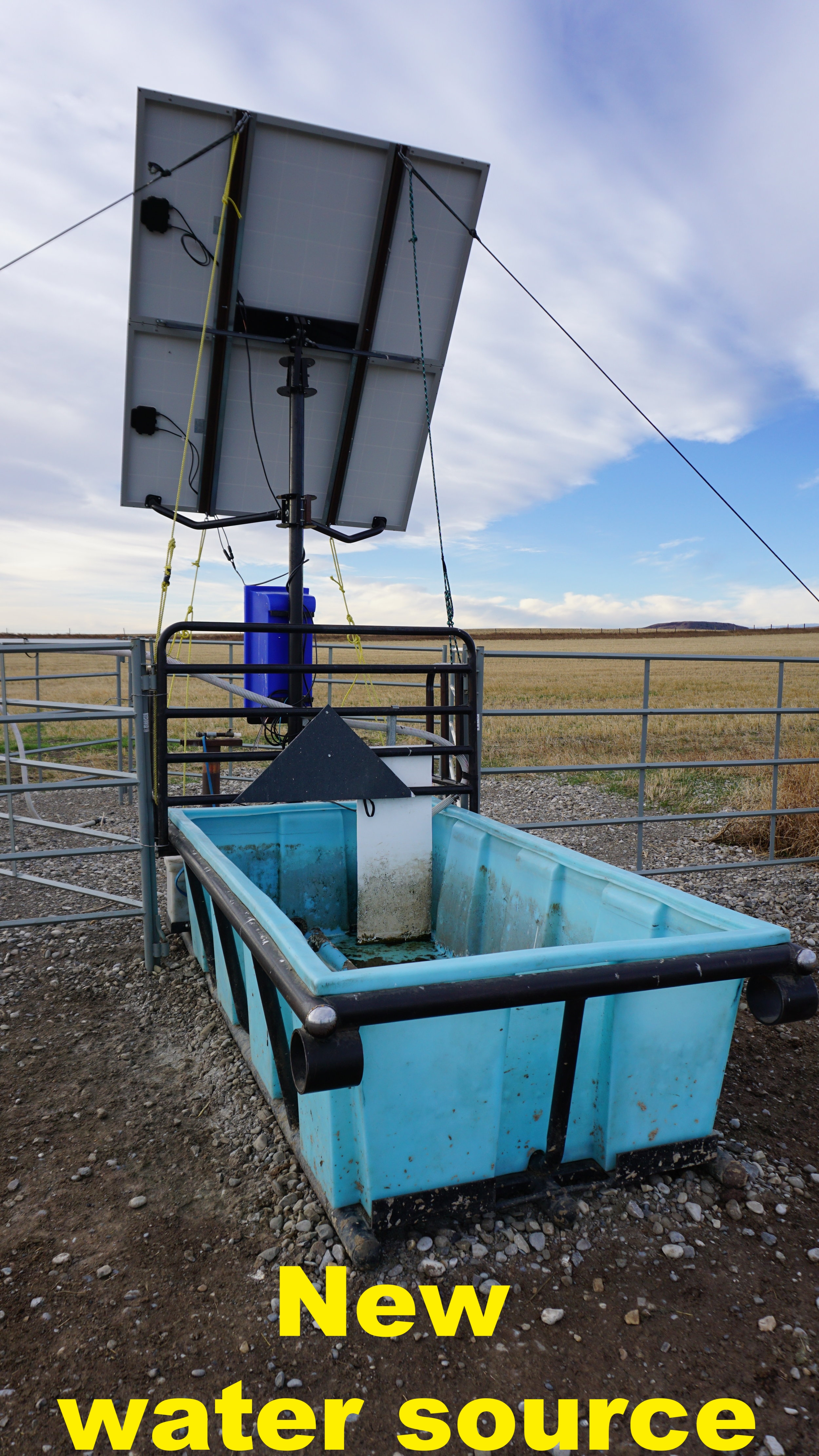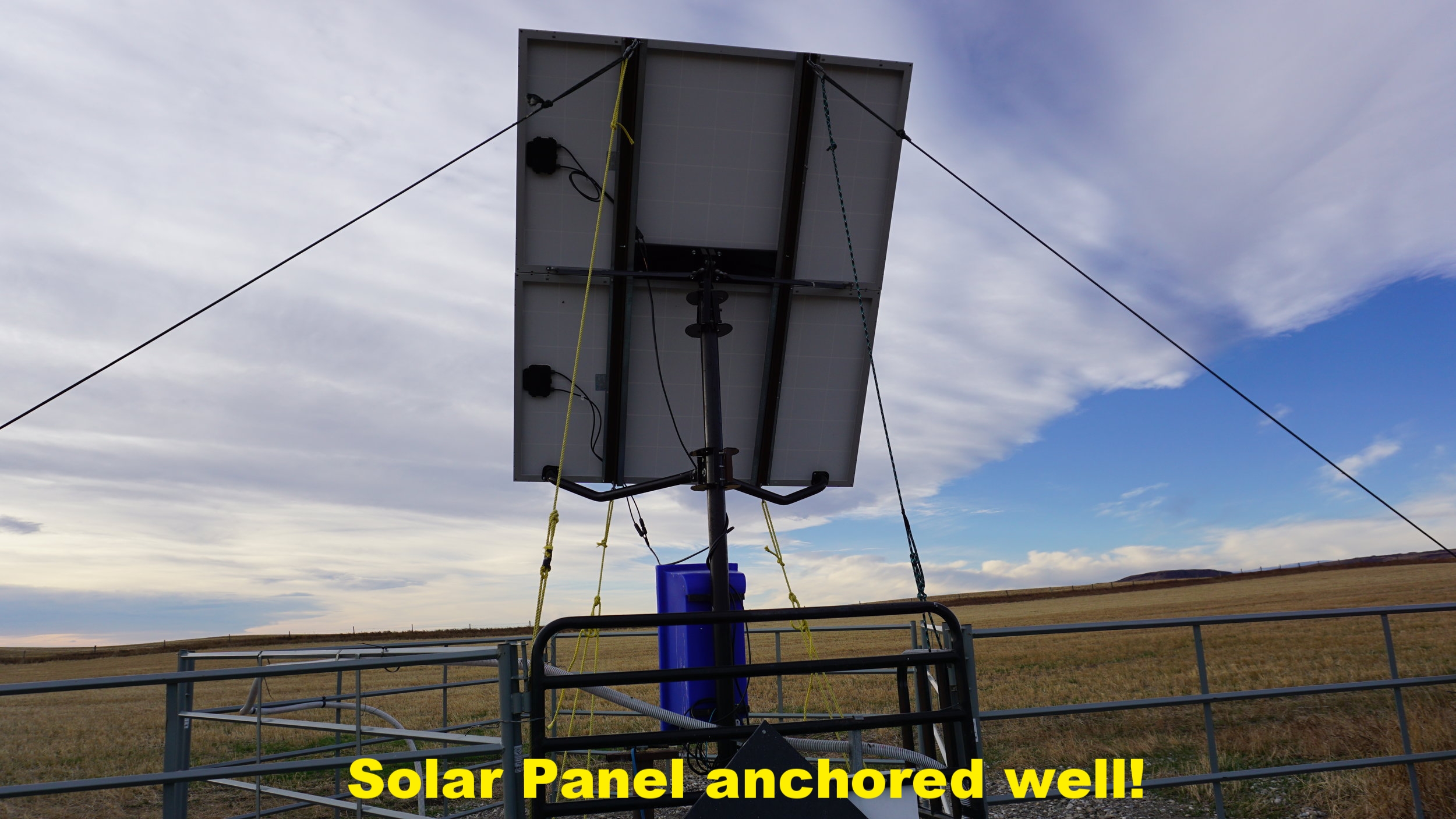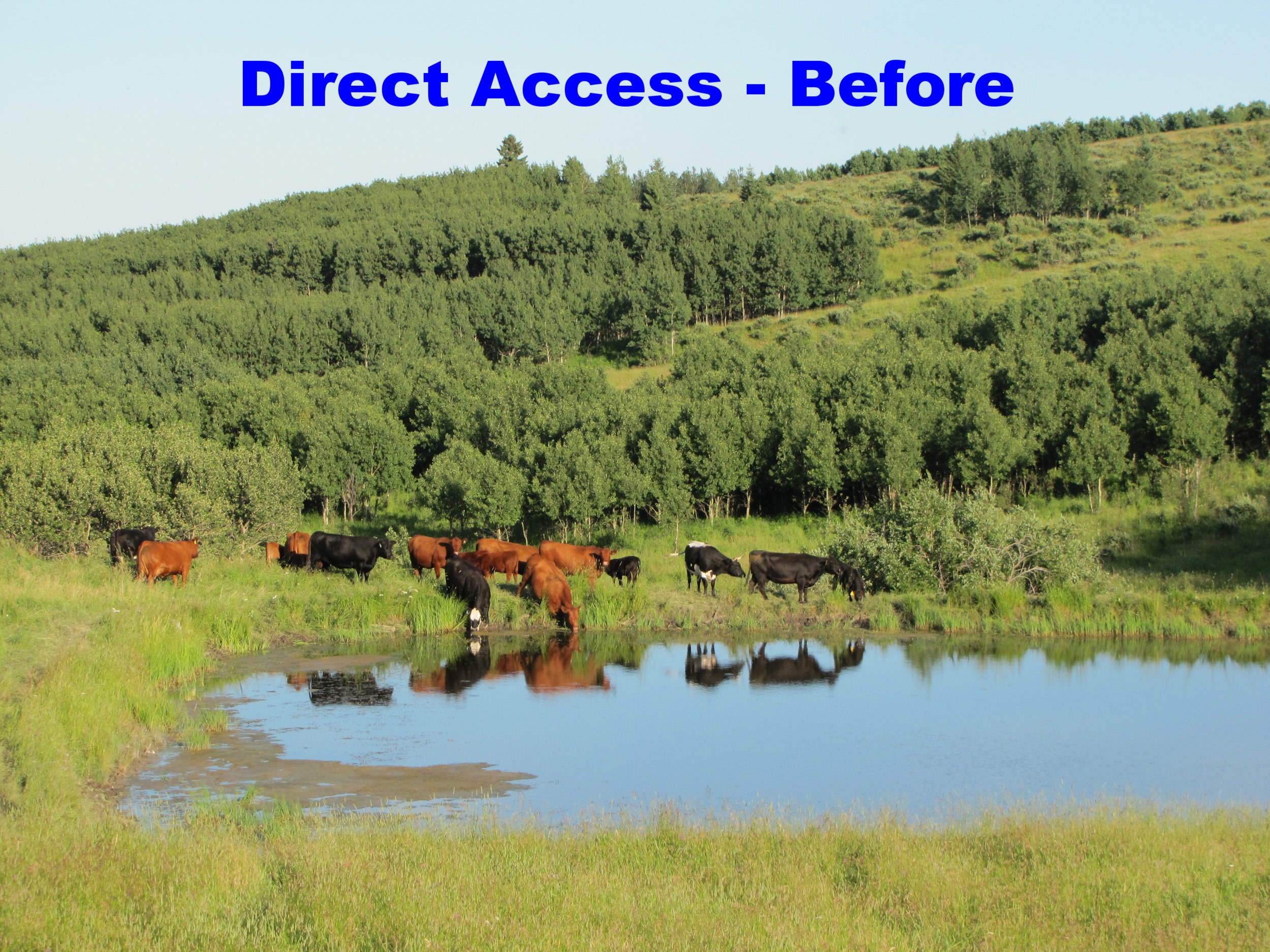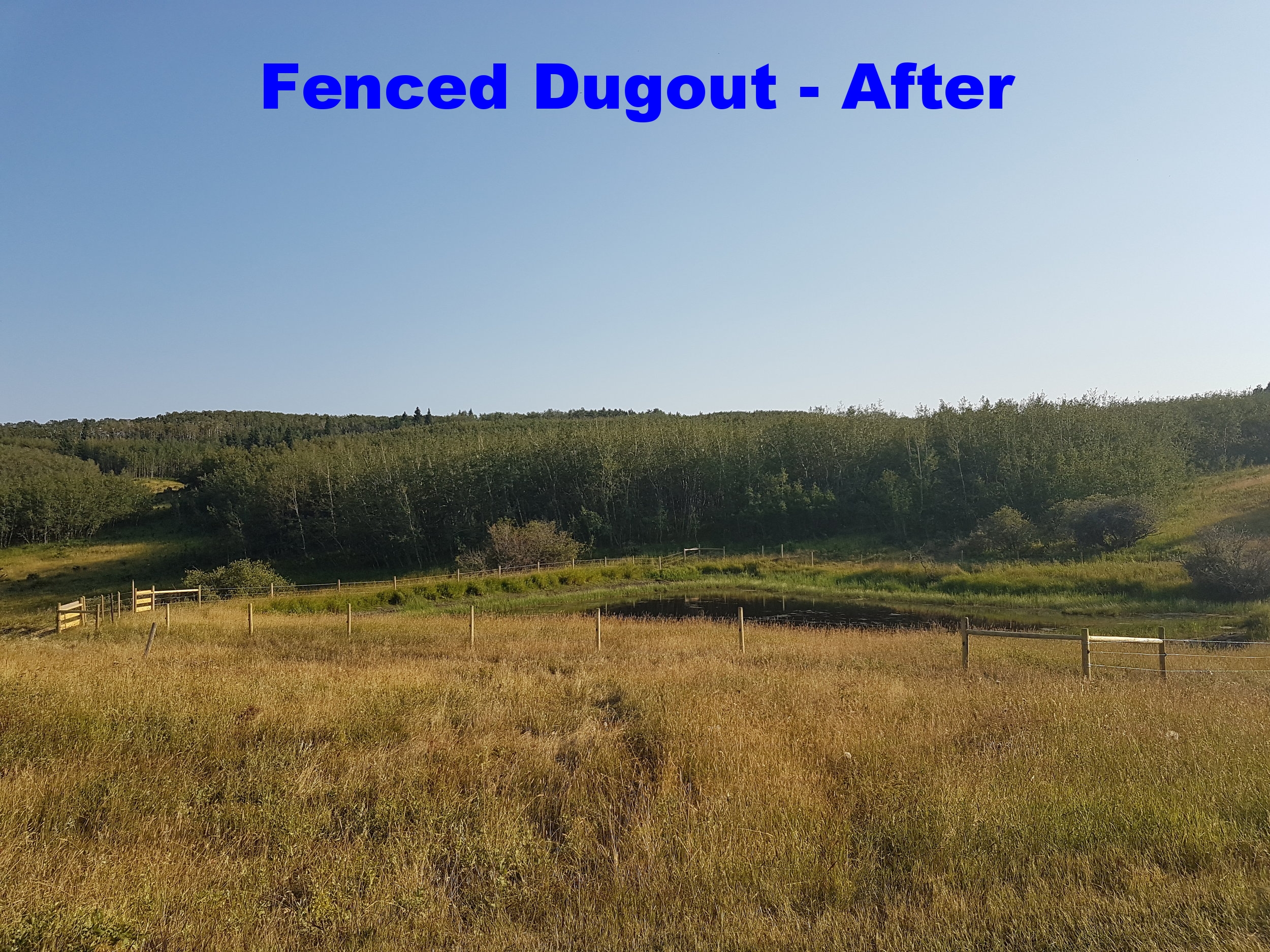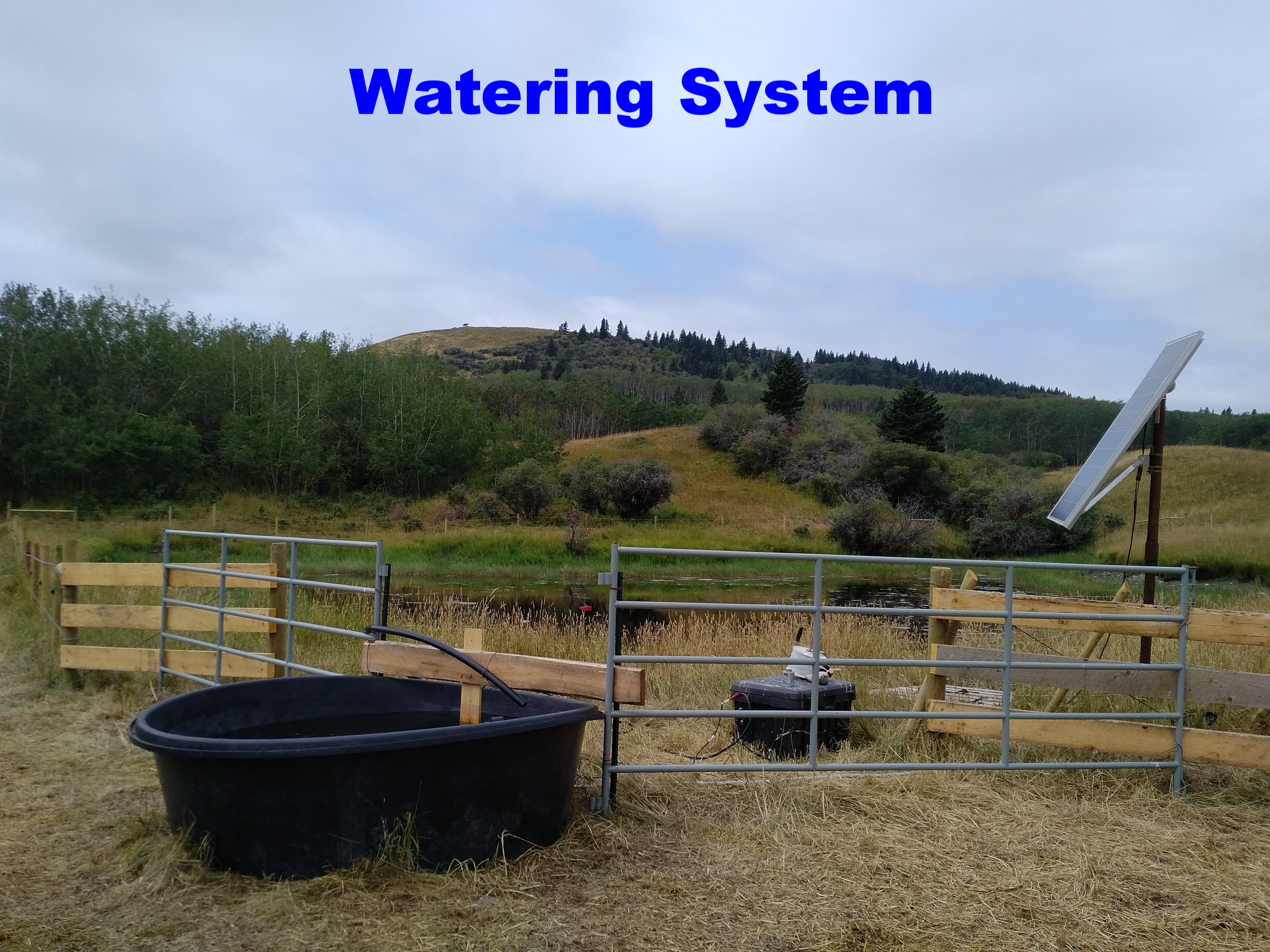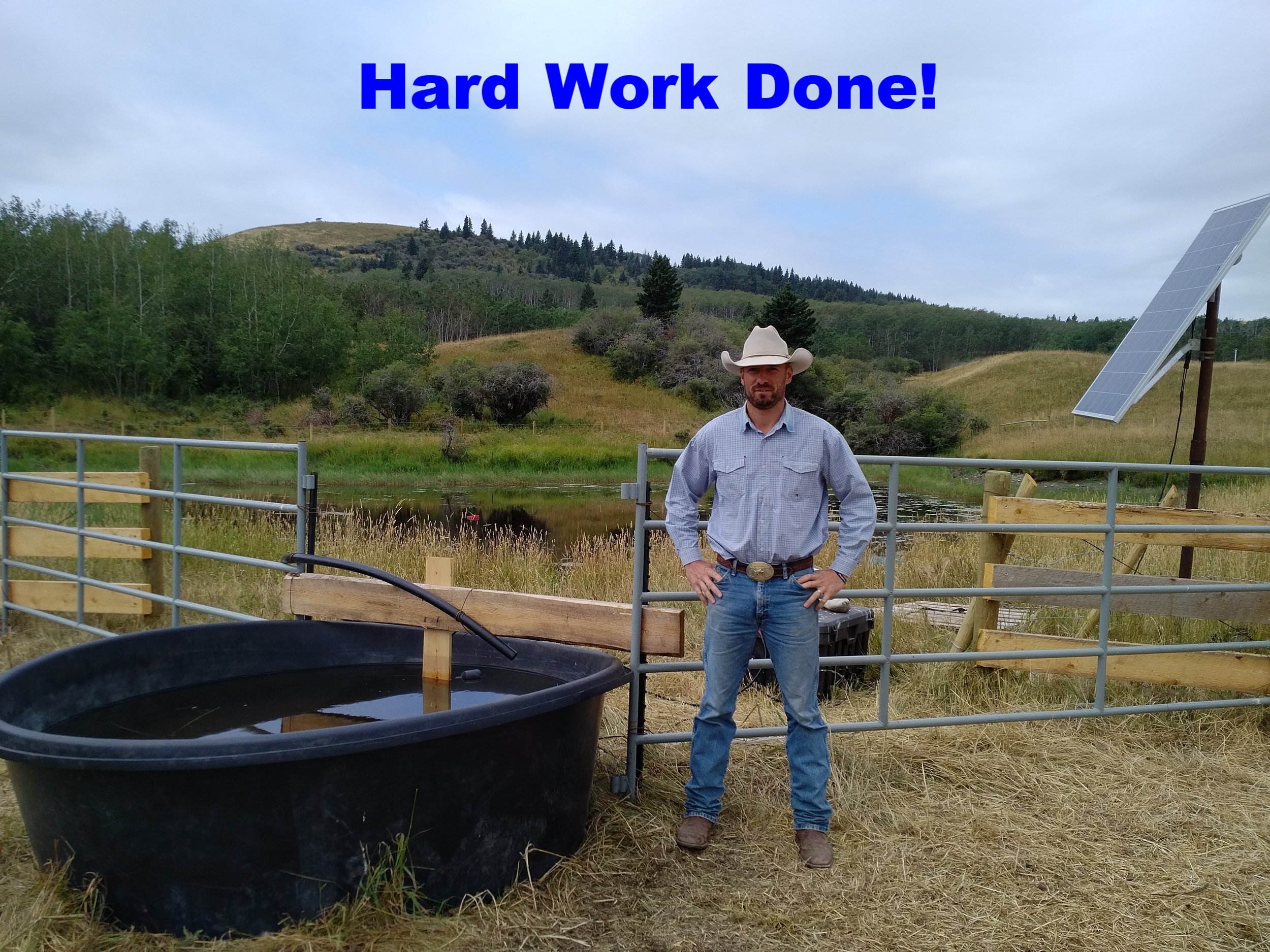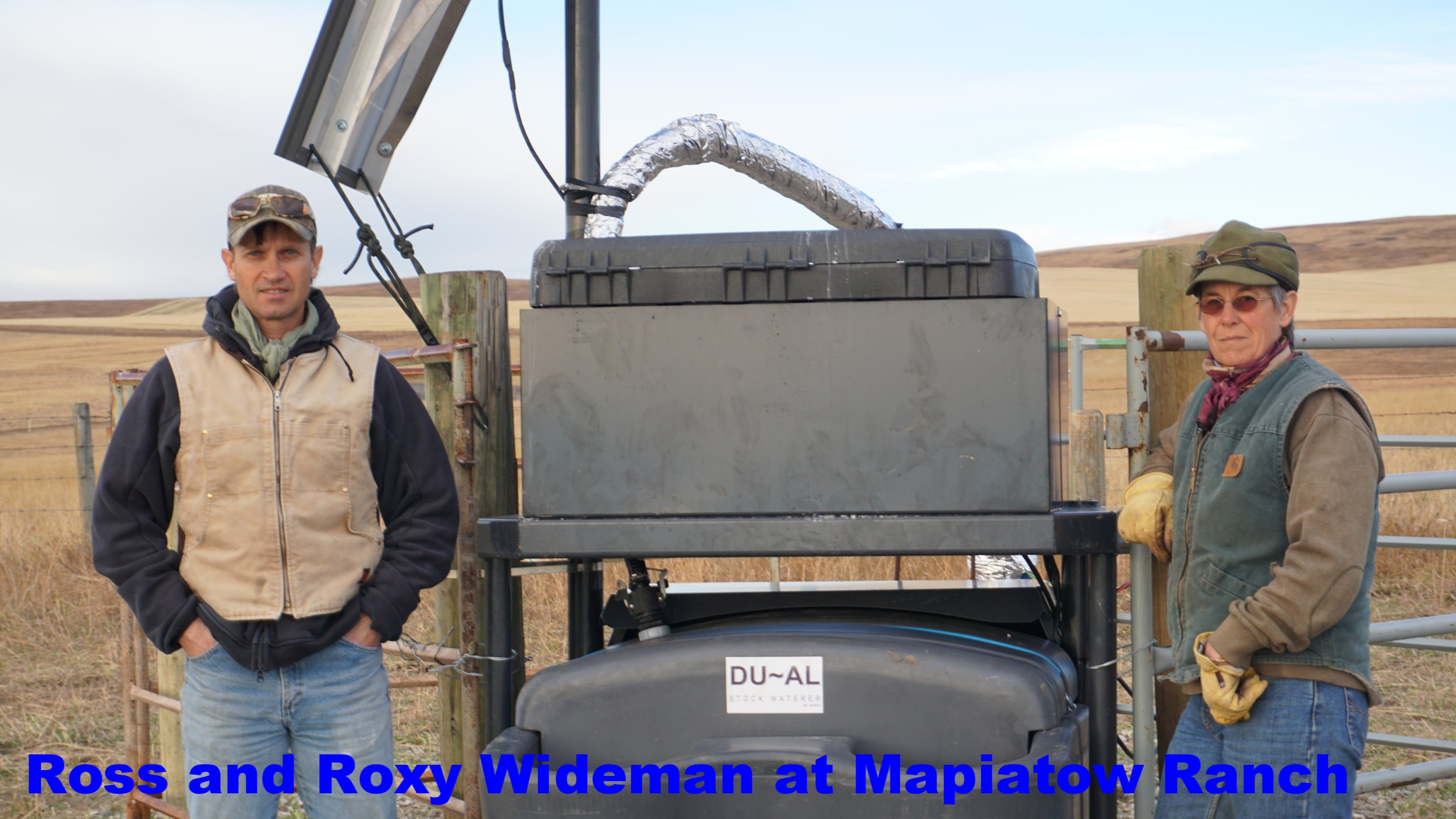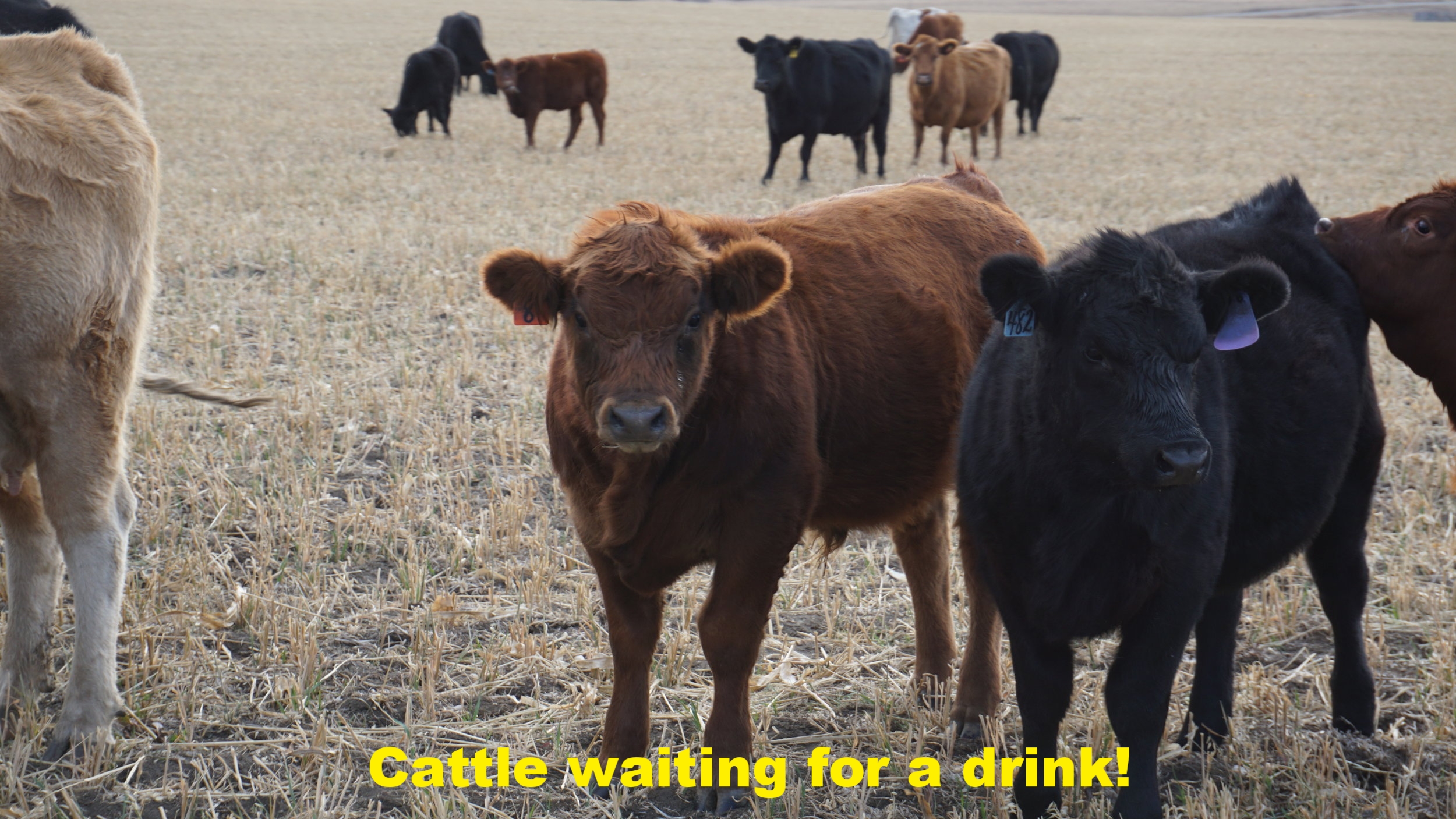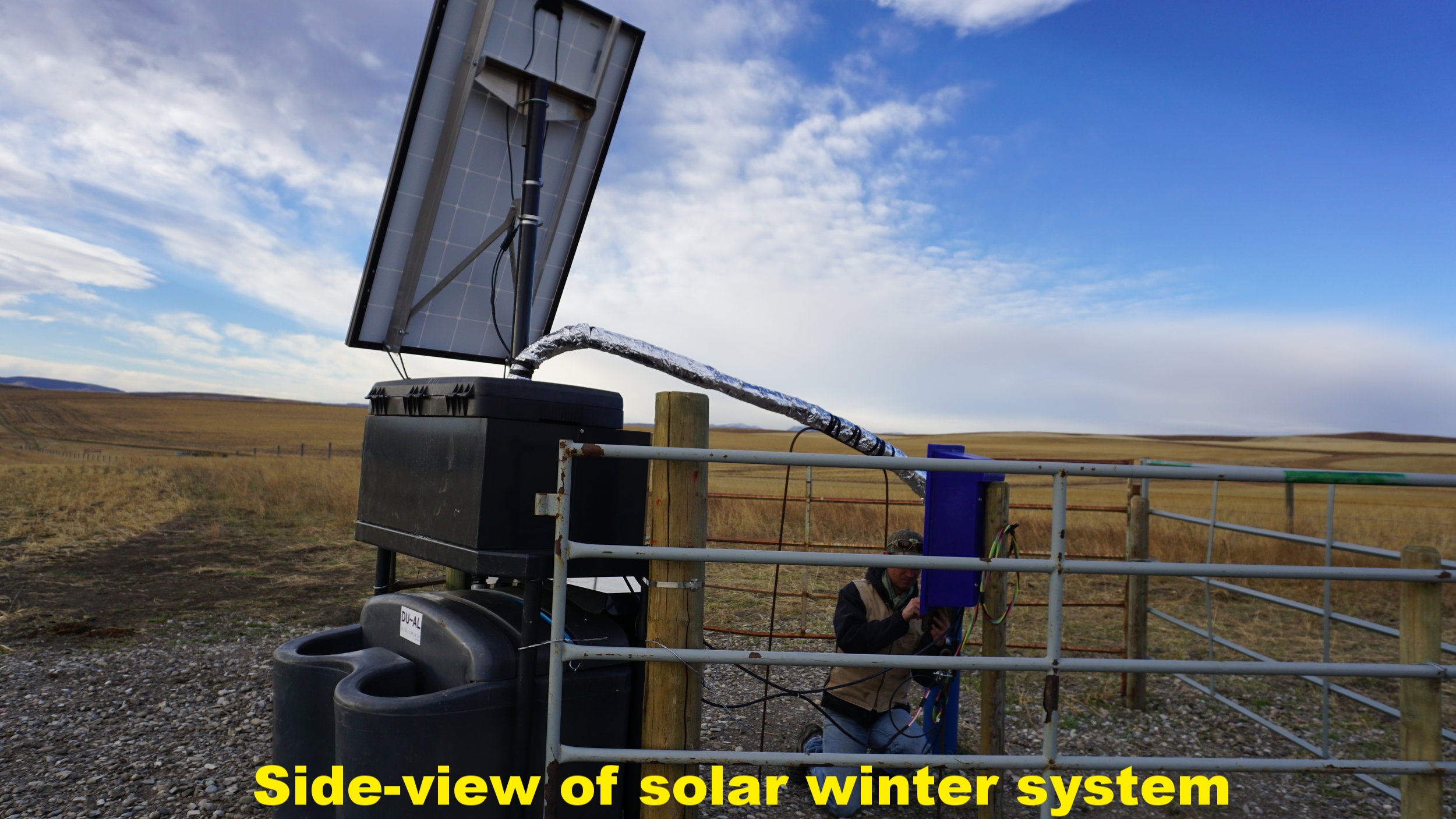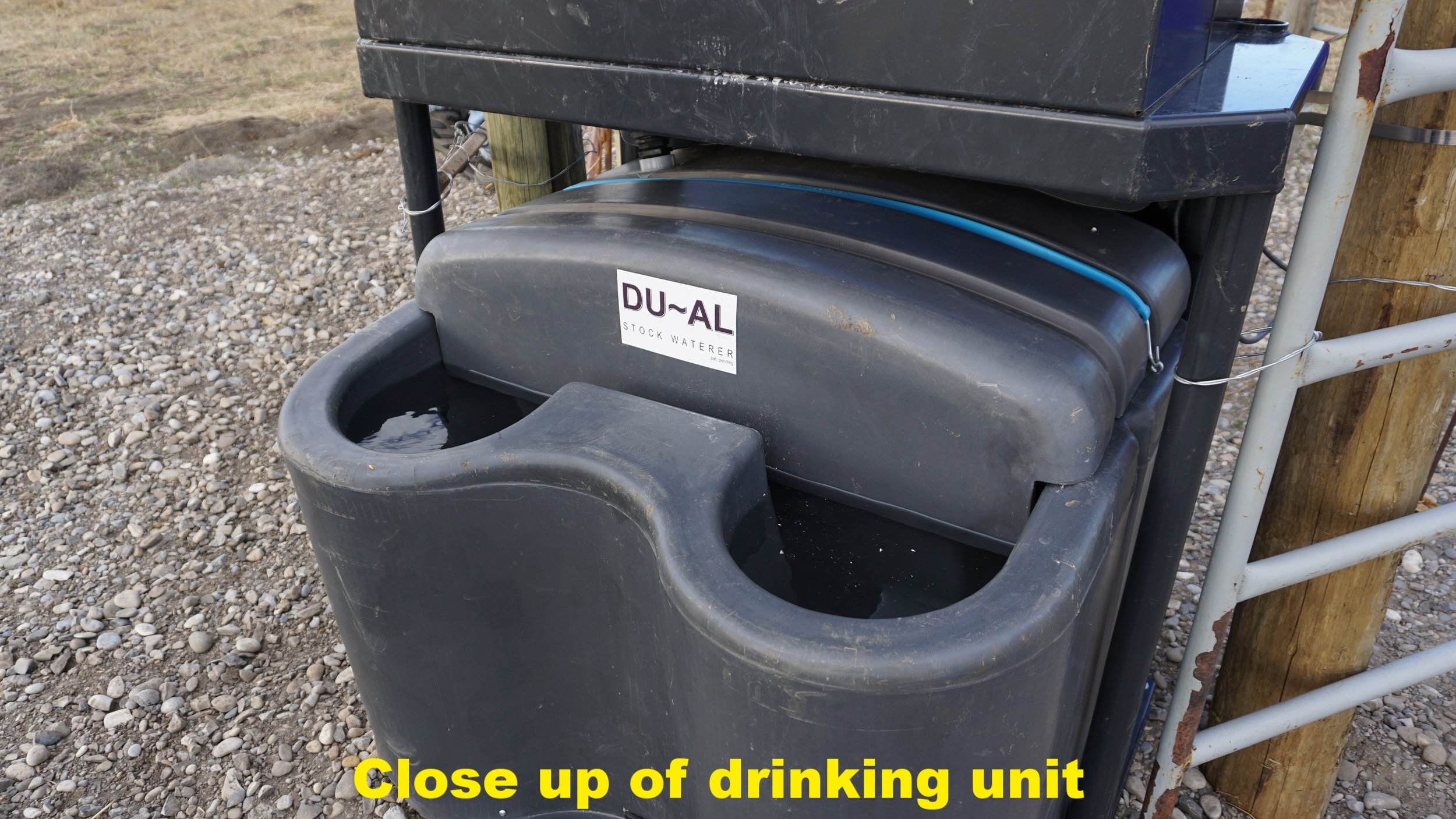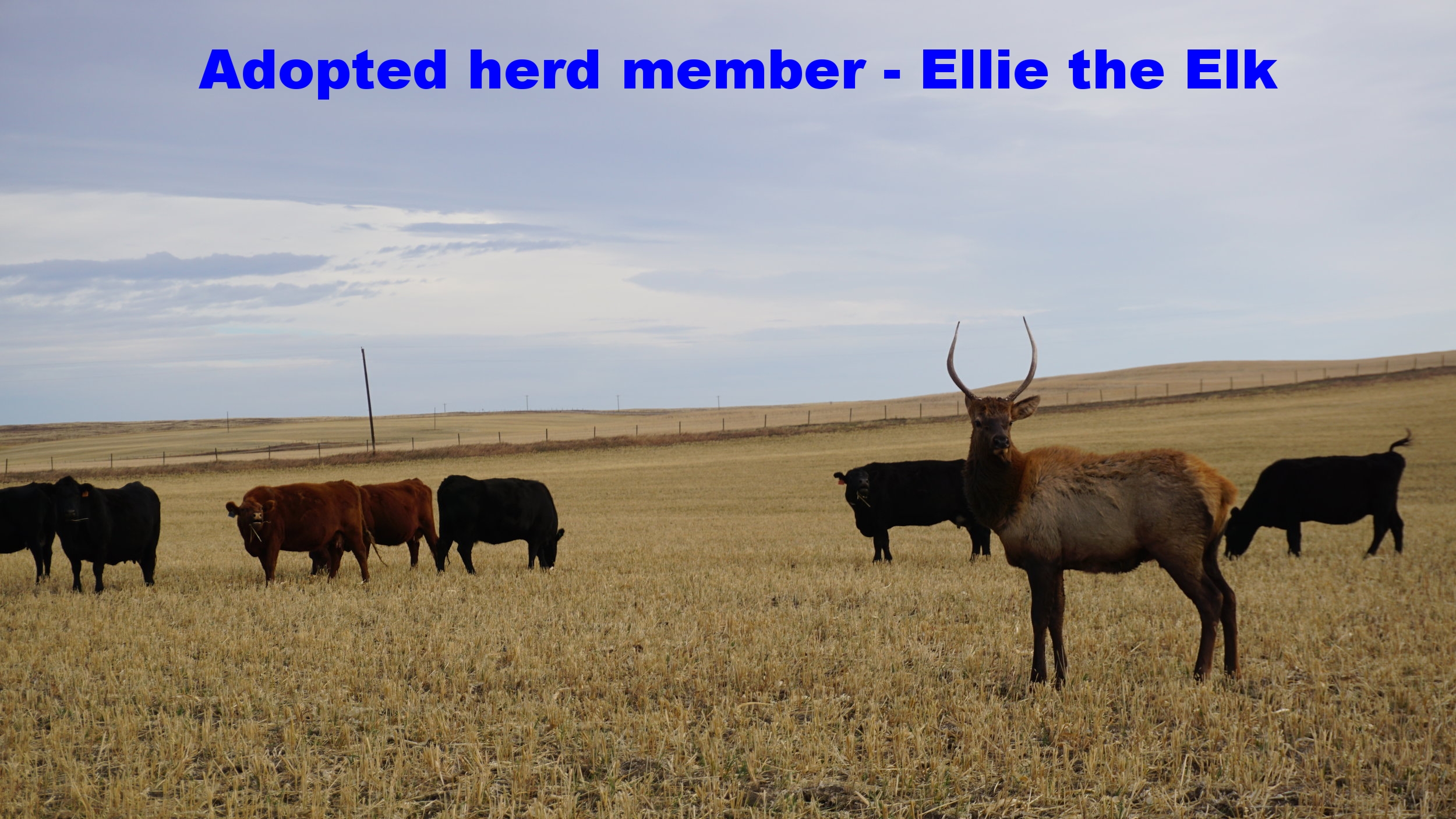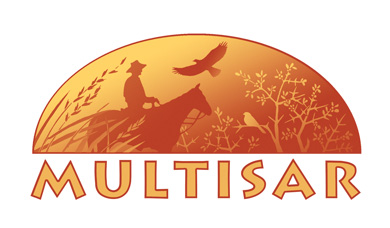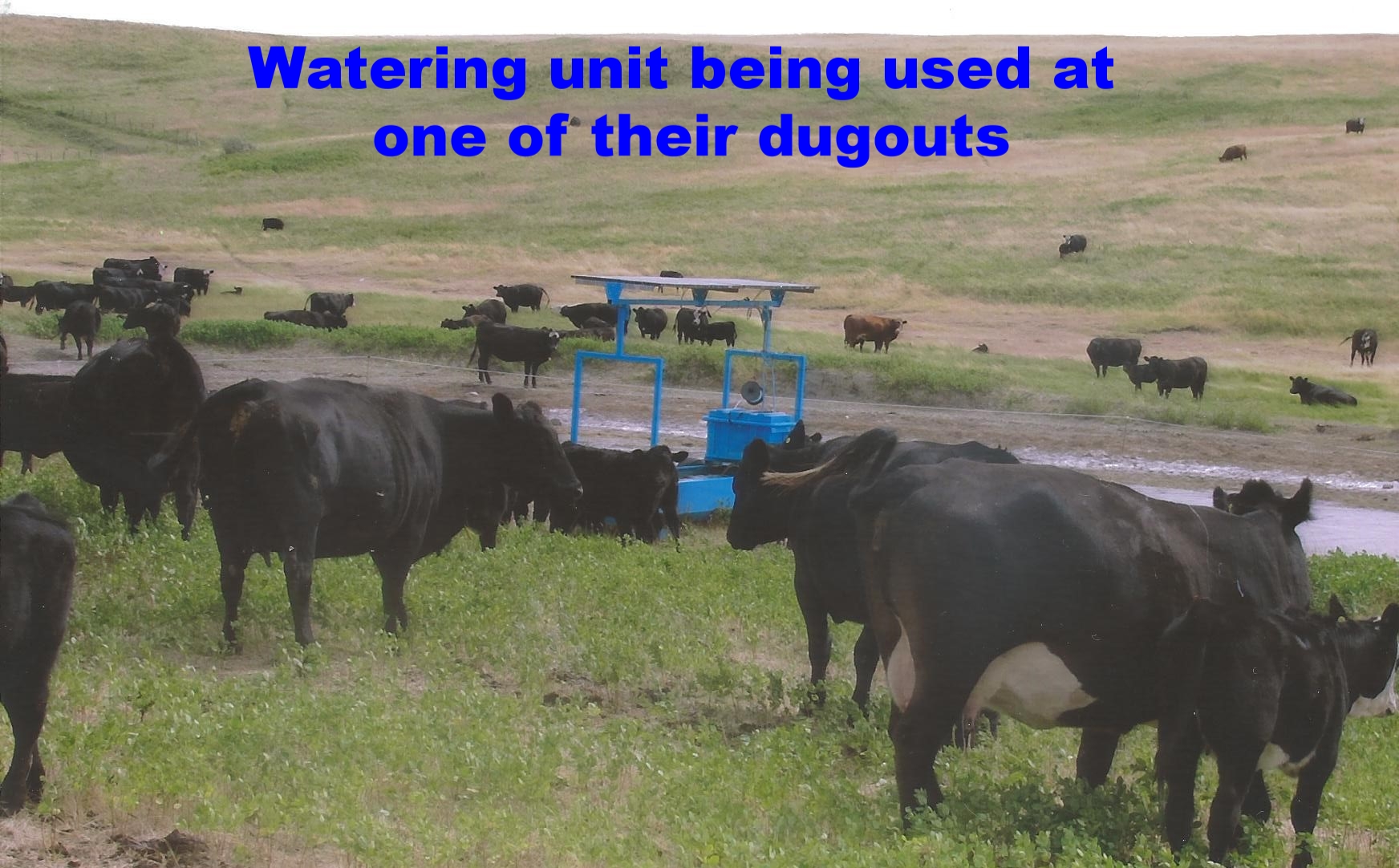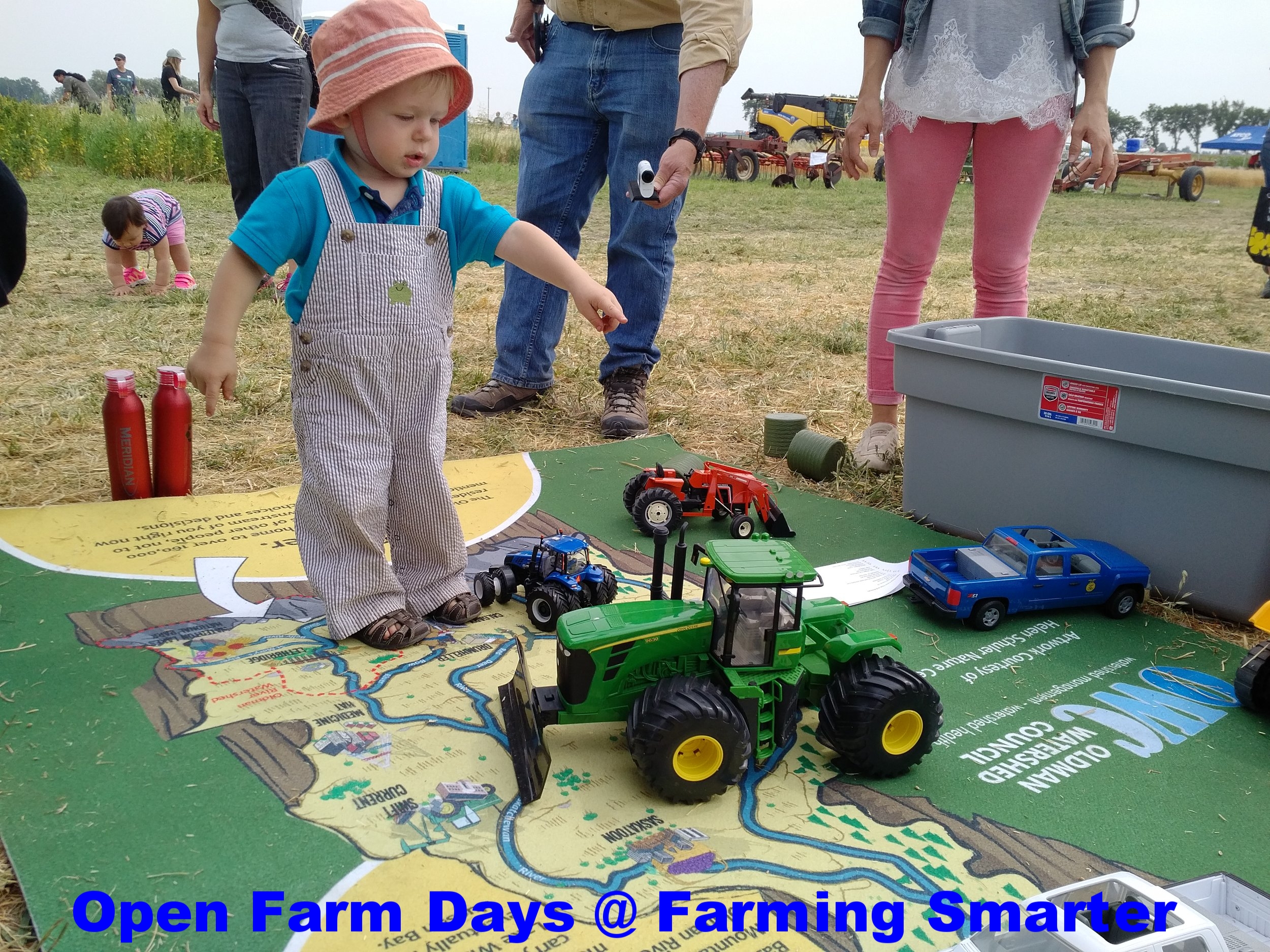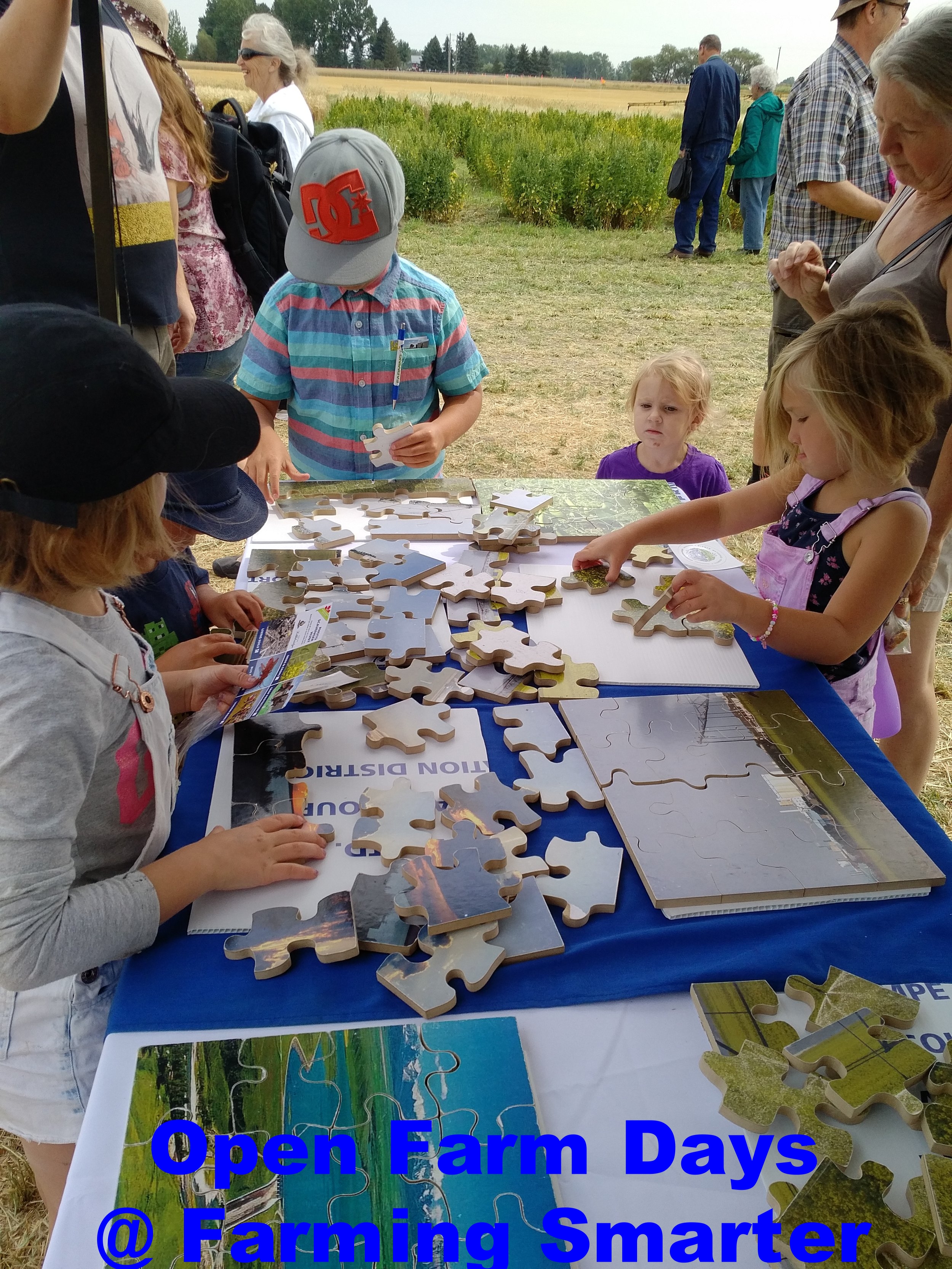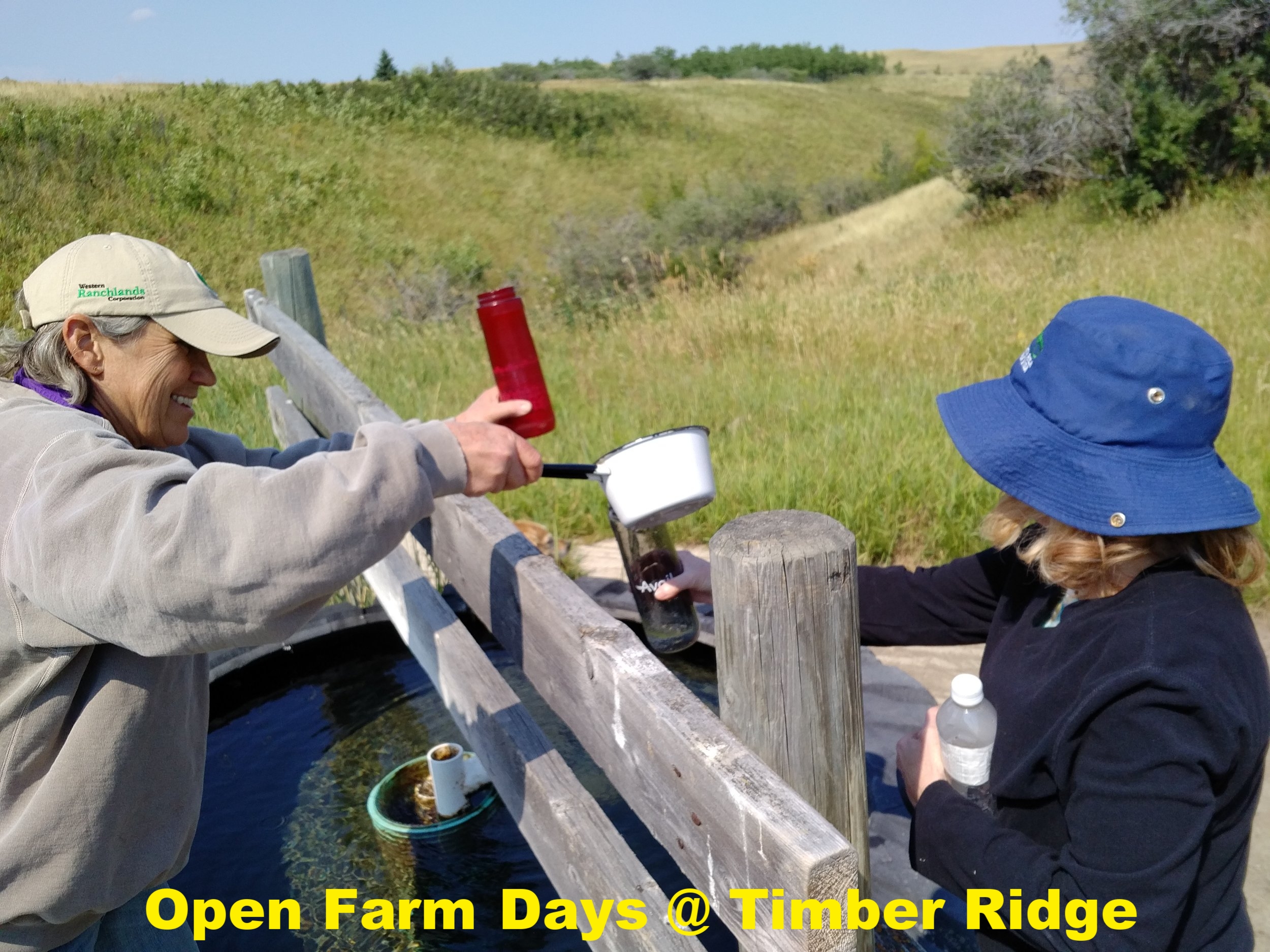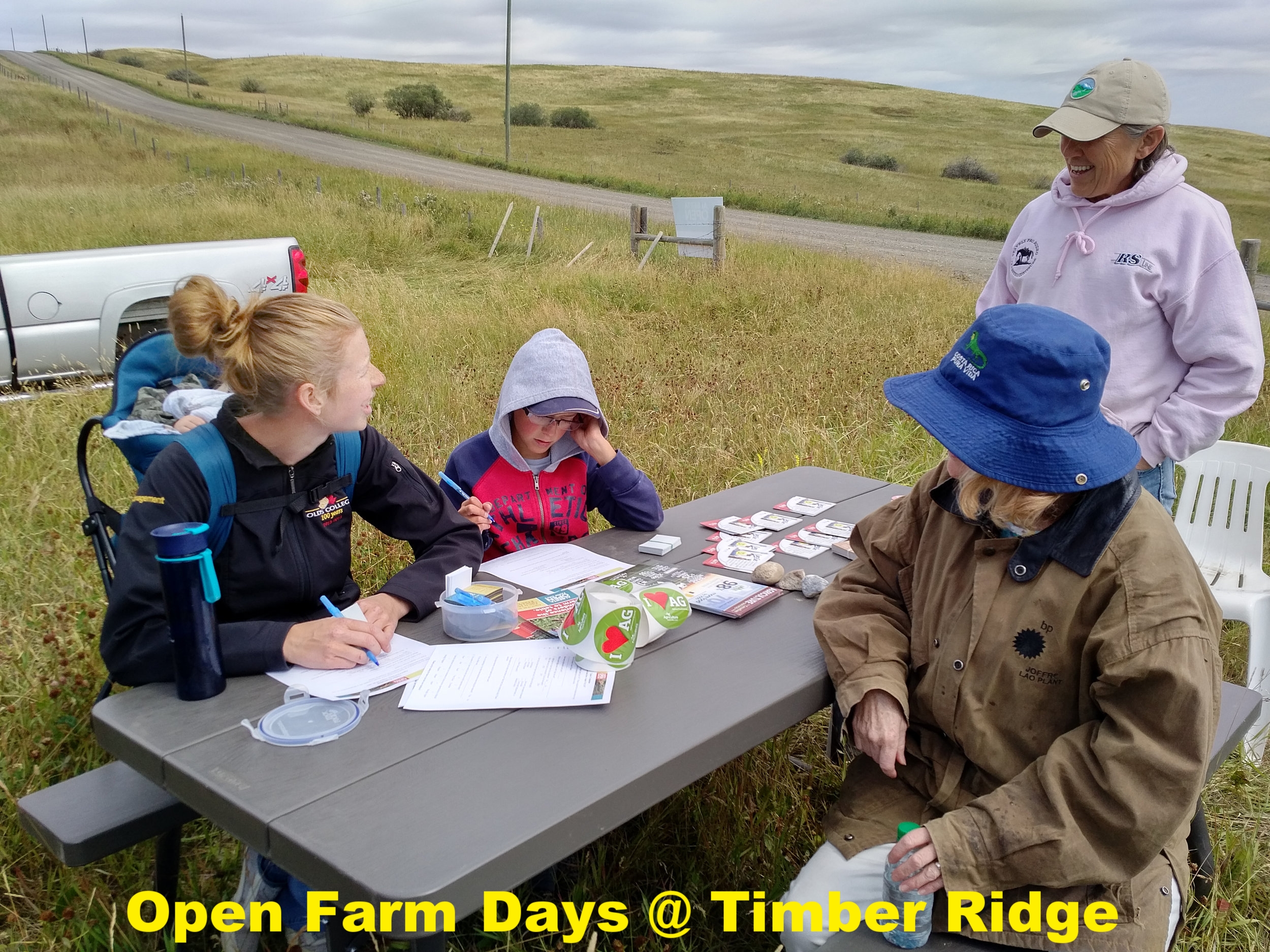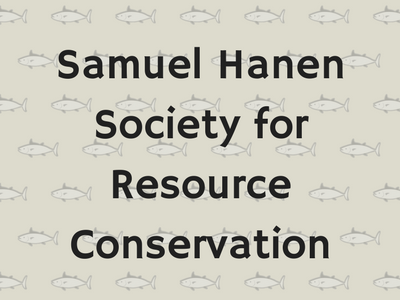Editor's Note: Here's an update on the OWC's Watershed Legacy Program (WLP), which focuses on supporting rural watershed stewardship throughout Southern Alberta. For those of you who don't live on ranches or farms, it is an interesting read about what landowners do to protect the waterways that all flow downstream and, eventually, into our taps. Protecting the watershed means everyone doing what they can, where they can (in the city and on the land).
Agriculture is 80% of what we do in Southern Alberta. So, taking care of farmers and ranchers is literally everybody’s business. Landowners have been protecting the water, the wildlife and the land for generations. A legacy of conservation has been built, and Albertans want to see it continue.
Last March, OWC ran a series of 3 community roundtables ('Voices Of The Oldman' - VOTO), in Taber, Twin Butte and Stavely, to get participants' opinions on how to update our rural program, WLP. In this blog, we'll first we'll tell you about some of the exciting rural projects we worked on this summer, then we'll provide a few more details about the VOTO sessions. . OWC's Office Manager / WLP Manager, Taren Hager, tells us more...
Helping Stewards of the Watershed
Providing small, cost-shared (50/50) grants to support producers in their watershed stewardship endeavours has been the main part of the Watershed Legacy Program for the past 9 years.
A special thanks goes out to the Samuel Hanen Society for Resource Conservation for their continued financial support. We truly appreciate their partnership towards rural watershed stewardship.
This year, we chose 7 key projects with help from our Watershed Legacy Program Team. Here are the project summaries:
Bio-control Agents for Control of Invasive Species along Willow Creek
Recipient: Carla Preachuk, Municipal District of Willow Creek
Project Area: MD of Willow Creek - riparian areas of various locations on the Oldman River and Willow Creek.
Project support: $3,600
Description: Invasive plants have been identified as a key priority by the OWC and are an ongoing struggle for MDs, counties, and landowners to manage. Two of the bio-control release sites are in the Beaver Creek sub-basin, targeting Houndstongue. There was a Houndstongue bio-control release along Meadow Creek in that sub-basin; a Knapweed bio-control release along Willow Creek, and various Leafy spurge beetle releases along the Oldman River mainstem.
The monitoring of these release sites over time will demonstrate the reduction of invasive plants. As the areas for releases are in close proximity to water, it will help provide a control option that wouldn’t be possible otherwise.
Impact: Bio-control agents (flea beetles) released at 8 locations to target invasive weeds. This means no chemicals control of weeds!
Education and Reclamation in the Castle Wildland and Provincial Park
Recipient: Castle-Crown Wilderness Coalation (CCWC)
Project Area: Castle PLUZ
Project support: $2,300
Description: CCWC works in three areas – reclamation, education and stewardship. The main objectives for CCWC's annual summer program are to build on the many years of maintaining and enhancing the health of the Castle. This can be achieved through education on biodiversity, the removal of invasive species and reclaiming areas impacted by multiple users. Using information from previous years, the focus was on areas most in need of reclamation.
CCWC’s summer reclamation and invasive species programs:
- Minimum Security Camp Weed Pull
- 10th Annual West Castle Wetland Ecological Reserve Weed Pull
- Front (Blind) Canyon Reclamation Hike & Weed Pull.
- Sartoris Road Weed Pull by Lynx Creek.
- 11th Annual Great Canadian Shoreline Clean up at Beaver Mines Lake.
Educational materials were also offered at local and regional community events, including the Wildflower and Wildlife Festivals in Waterton and the South Country Fair in Fort MacLeod. The CCWC hosted a stewardship outing with the Alberta Native Plant Council into the Big Sagebrush area, and will continue to encourage stewardship of the Castle through education at events and guided hikes.
Impact:
- 77 volunteers attended various weed pull events and garbage clean-ups.
- 283 bags of 33 different species of invasive weeds pulled.
- 1327lbs of garbage removed - along 5km of shoreline of lakes, rivers and streams and 200km of roadways.
15th Annual Blueweed Blitz
Recipient: Pincher Creek Watershed Group
Project Area: Pincher creek and surrounding tributaries
Project support: $500
Description: Hosted a day event where volunteers come and pick weeds along the banks of the Pincher Creek. Volunteers were provided with shovels, plastic bags, gloves, maps, a meal, and prizes at the end of the day.
This annual event addresses the importance of managing and eliminating an invasive weed species that is affecting the local watershed. The focus of the weed pull is Blueweed (which is an invasive species known to choke out other vegetation), and to educate people about invasive species. Education is achieved by distributing educational materials, press releases, and providing education sessions for local government.
Not only does this event help bring awareness to the need for better stewardship for our creeks and land, but it also offers an opportunity for the community to gather with a common goal.
Impact:
- 17 landowners and 75 volunteers worked together to pull weeds.
- 230 bags of Blueweed removed which is equal to 7000lbs!
Portable Winter Solar Watering System
Recipient: Ross Wideman, Wideman Cattle Co.
Project Area: MD of Willow Creek - Mosquito Creek Headwaters Drainage
Project support: $4,504
Description: The watering system is being used to draw the cattle away from the creek in two locations: Location 1 - an area that is traditionally used during the spring months for calving. Moving cattle away helps protect creek banks and riparian areas.
Location 2 – the system will be used on a well to draw the cattle away from 2 separate still water bodies that they would normally access to drink. Using electric fence, these areas will be isolated from any cattle usage.
Protecting these areas benefits not only their operations, but the beginnings of the Mosquito creek drainage. Having the option to use the pasture during the winter for grazing vs spring/summer, without developing permanent infrastructure, has multitudes of benefits such as avoiding grazing native pastures, reduced soil disturbance, less weed encroachment and riparian protection.
Impact:
- 50-300 head of cattle removed from riparian areas.
- 1 off-stream watering system installed.
2017 North Dugout Off-Site Watering
Recipient: Tyler and Rachel Herbert, Trails End Beef
Project Area: MD of Willow Creek, Nanton Creek Headwaters
Project support: $4,255
Description: Installed riparian fencing around dugout and purchased supplies to install a watering system (already purchased by producer). Fencing the dugout dramatically improved the visual water quality of the primary drinking source at the north end of this 220 acre pasture. The dugout is built above a stream that feeds into the Nanton Creek drainage, and the stream runs the length of the property west to east. The dugout drains into the stream that runs below the dugout.
Fencing the dugout and providing the cattle with a clean source of water out of the solar watering system keeps the water clean and encourage cattles to stay out of the creek. The algae and bacteria load will improve in the dugout, and keep the water quality better as it drains to the creek. The cattle will benefit from the improved water quality. Herd health, such as foot rot, will improve by keeping the cattle out of the mud generated by free choice access to the dugout.
Impact:
- 0.25km of riparian exclusion fencing installed around a dugout.
- 1 - off-stream watering system installed.
- 50-100 head of cattle excluded from riparian area.
Portable Winter Solar Watering System
Recipient: Roxy Wideman, Mapiatow Ranch Ltd.
Project Area: MD of Willow Creek, Nanton Creek Headwaters
Project support: $4,573
Description: Installation of a solar-powered, off-stream winter watering system to allow the spread of cattle that were using one water source (well), over a second source, with adding additional infrastructure. This decreases density and pressure on a single source and draws cattle away from creek beds and naturally occurring sloughs and wetlands that drain into Nanton creek.
The site is used exclusively for winter grazing from December through to March each year. Portability of the unit will allow use of the system throughout the remainder of the year at various other locations. The system will also help disperse grazing patterns, and allow riparian areas to recover from recent flood damage & damaged caused by cattle access.
Impact:
- 250-300 head of cattle removed from riparian areas.
- 1 off-stream watering system installed.
Solar Off-stream Watering System & Riparian Fencing
Recipient: Stan McNab, McNab Ranch Ltd.
Project Area: MD of Willow Creek, Belly River
Project support: $10,000 worth of items/services donated to WLP
Description: Installation of a portable, solar powered, off-stream watering system that was generously donated to the Watershed Legacy Program by MULTISAR (approximate worth $8,700). Delivery and installation generously provided by Sundog Solar Wind (approximate worth $2,000). The McNabs agreed to purchase and install riparian fencing at their cost.
The project keeps cattle out of the Belly River and eliminates erosion of the streambank. It will eliminate trails that lead to the river, and the disturbance they cause to the riparian areas. This will be safer for the cattle as well, as they aren’t standing on ice to access water. Wildlife will benefit from the project, as the riparian area will be allowed to rest, and the deer will not be disturbed by the cattle.
Impact:
- 300 head of cattle kept out of the riparian areas of Belly river, wetlands and dugouts on the property.
- 1km of riparian fencing installed along the Belly river.
- 1 off-stream watering system installed.
Outreach, Education and Collaboration
Some of the agricultural related events that OWC attended this past year :
- Aggie Days at Exhibition Park - a booth set up educating children and general public
- Open Farm Days - educating consumers at the Timber Ridge Conservation Site and at Farming Smarter (Thanks again to Alberta Irrigation Projects Association for letting us borrow your tractors and puzzles!)
- St. Mary River Irrigation District's WRRP Producer Information Sesssion - presented on Beneficial Management Practices projects through the WLP program
- Castle-Crown Wilderness Coalition Weed Pulls - participating in funded weed pulls
- 15th Annual Blueweed Blitz - participating in funded weed pulls
- Alberta Irrigation Projects Association's 2017 Water Conference - presented on the WLP program
- Upcoming Farming Smarter Conference - presenting on the WLP program
Voices of the oldman
Over the winter of 2017, the OWC hosted 3 input sessions across the watershed - Taber, Stavely and Twin Butte. Participants represented a wide-variety of agricultural stakeholders, who are involved with the rural community in some form. Individual producers, irrigation districts, agricultural organizations, agribusiness representatives, rural municipal government, and provincial government representatives made up the majority of the participants. The two biggest questions that were addressed were:
1. What do you think are the biggest challenges currently facing agricultural watershed stewardship?
2. What are possible solutions to address these challenges?
Overwhelmingly, what we heard from 100 agricultural producers at 3 events is that they are proud of what they do every day to provide food for our increasingly urbanized world. But producers are no longer in direct contact with consumers, and feel they have lost the trust and respect they deserve because of global concerns around environmentally-friendly food production, humane treatment of animals, potential spreading of disease, and use of antibiotics and hormones. Often these global issues are not well understood - or even relevant to how food is produced in the Oldman watershed, but it is difficult for consumers to know what to believe in this age of information overload and controversy.
That is where we come in. OWC can help navigate the science, explain the facts, and break down the barriers between rural and urban residents who all depend on our most precious shared resource - water. In fact, we speak with all kinds of folks in Southern Alberta - whether they are here to live, work, recreate, or invest. We also have the ear of government; we are mandated to provide independent research and advice to the Province, and to provide a voice for the watershed community.
On the basis of your feedback, the OWC’s Watershed Legacy Program will evolve to include a greater emphasis on communication between urban and rural communities in the Oldman watershed. The program will begin to tackle the myths, share knowledge, and allow honest discussion between producers and consumers, so that there is greater understanding and willingness to cooperate on shared issues (read full report of results from the sessions - click here).
We will be thrilled to launch a revamped Watershed Legacy Program, and in order to do so, OWC must first increase our capacity - and that involves financial and volunteer commitment to making this happen. The success of the WLP program is contingent on your support, investment and involvement.
The OWC has been working hard to secure funding for the revamped WLP program. We are proud to be working together with two of our new program sponsors, the Alberta Real Estate Foundation and Hays Grazing Stock Co-op Ltd.! We would also like to thank the Samuel Hanen Society for Resource Conservation for their continued financial support of boots-on-the-ground stewardship projects: we have received funding from them to implement further projects in 2018!
THANK YOU!!
For more information on the Watershed Legacy Program or how to apply for funding for stewardship projects, please contact Taren Hager, Watershed Legacy Program Manager at (403) 849-1346 or taren@oldmanwatershed.ca.

